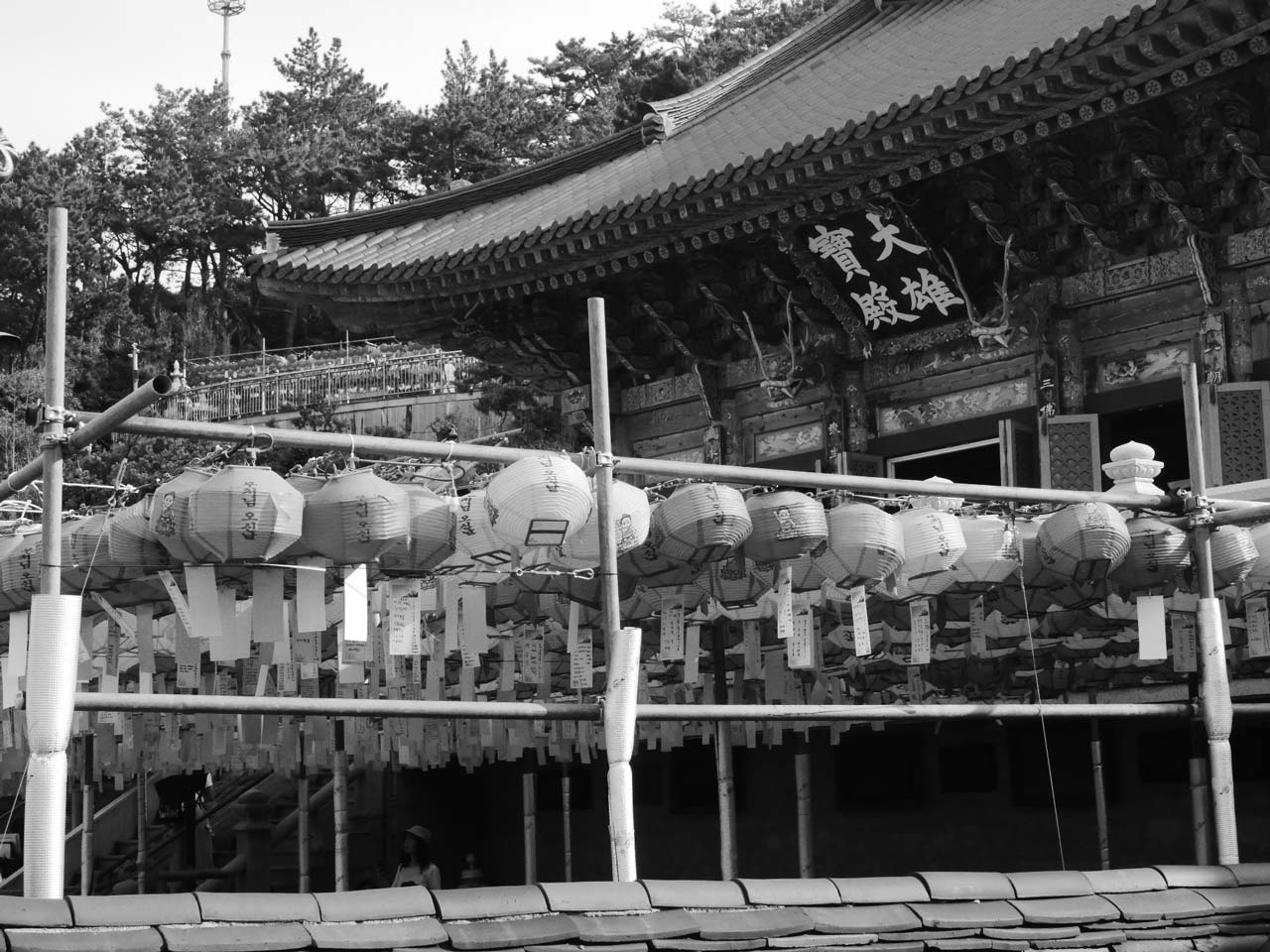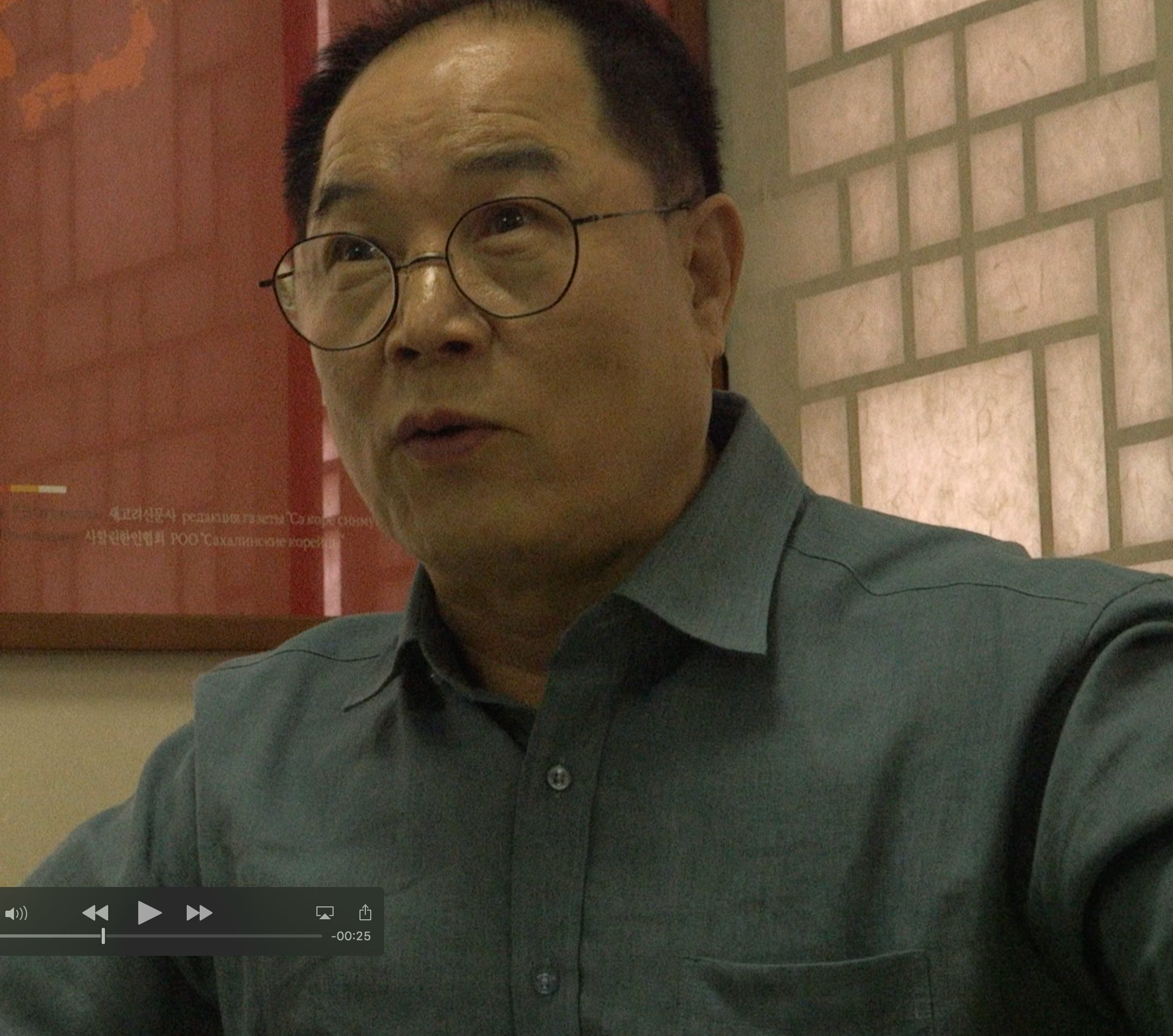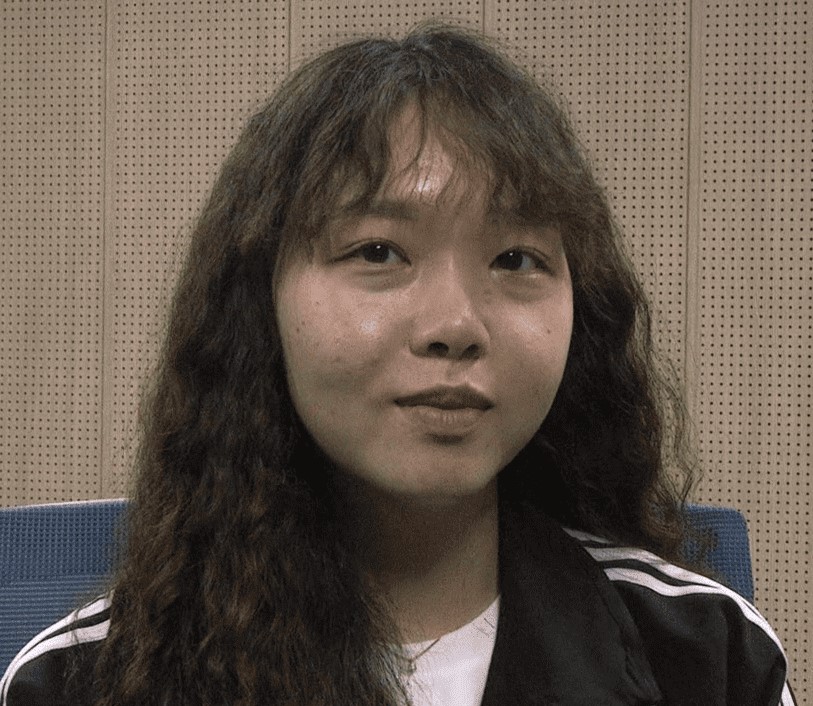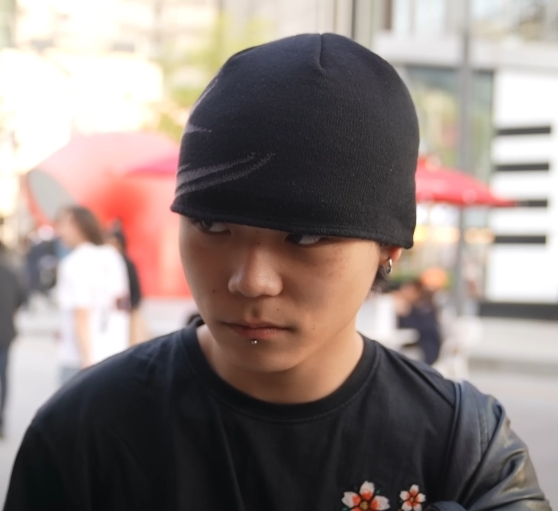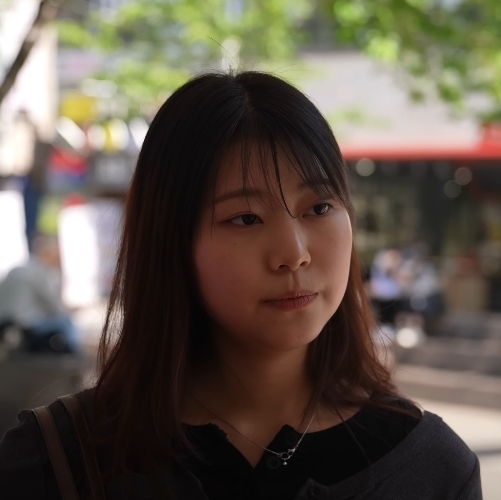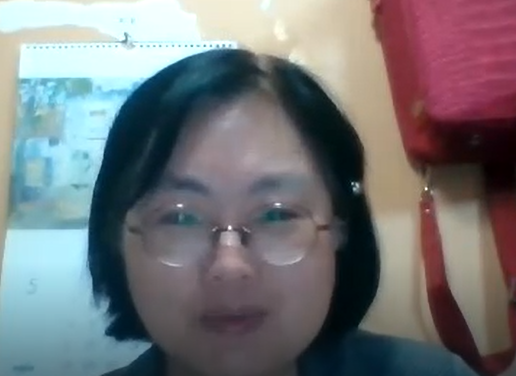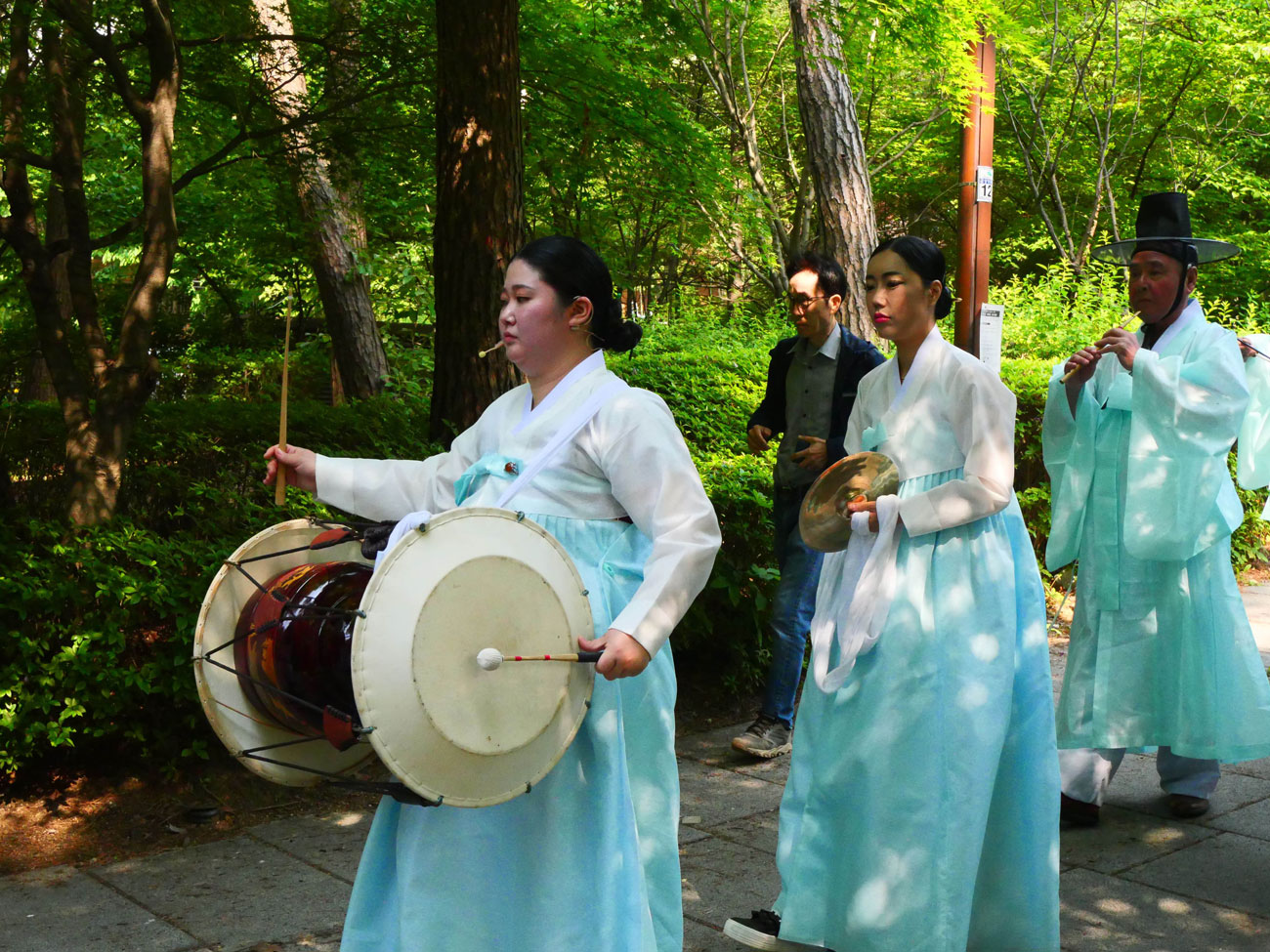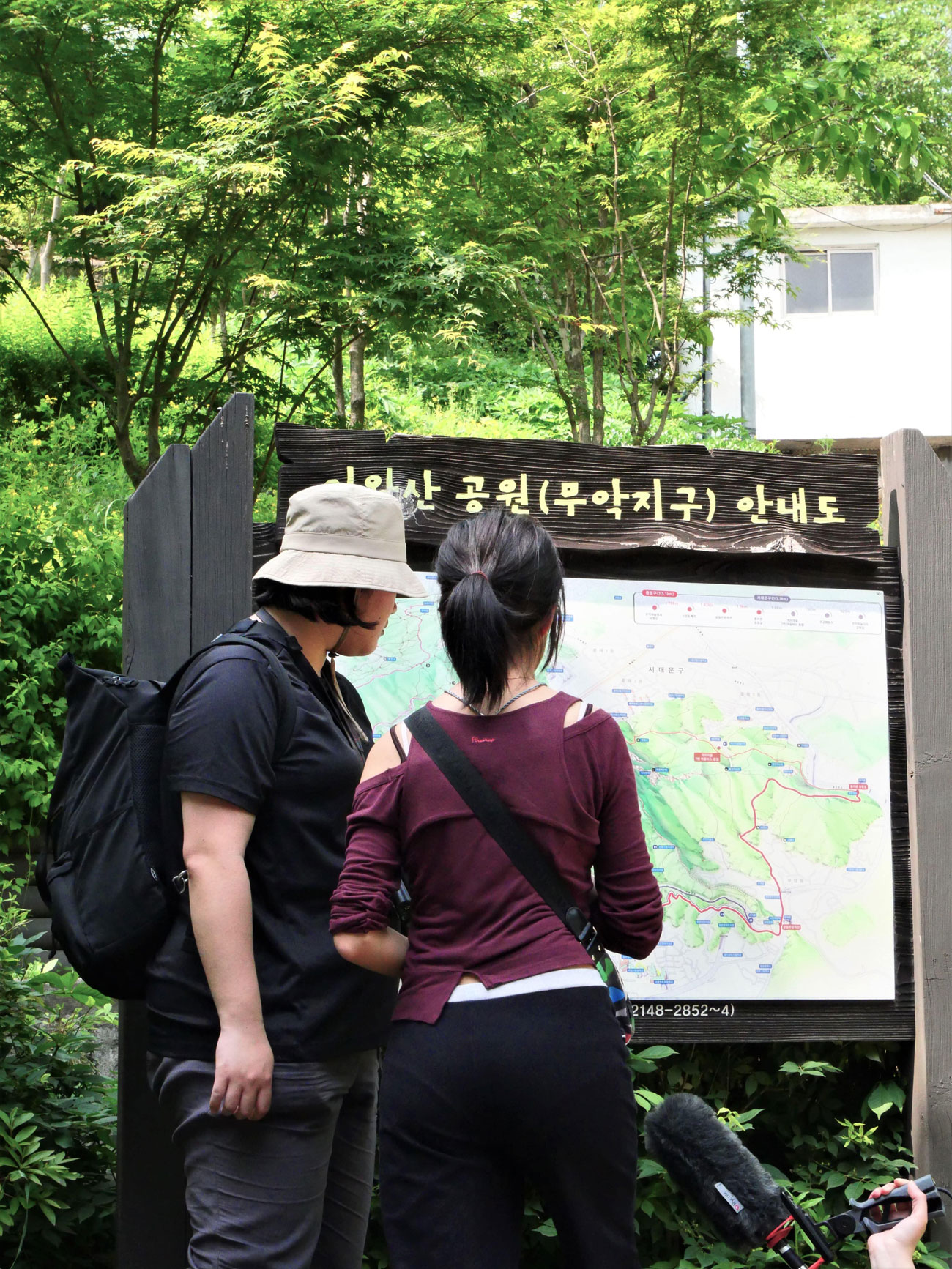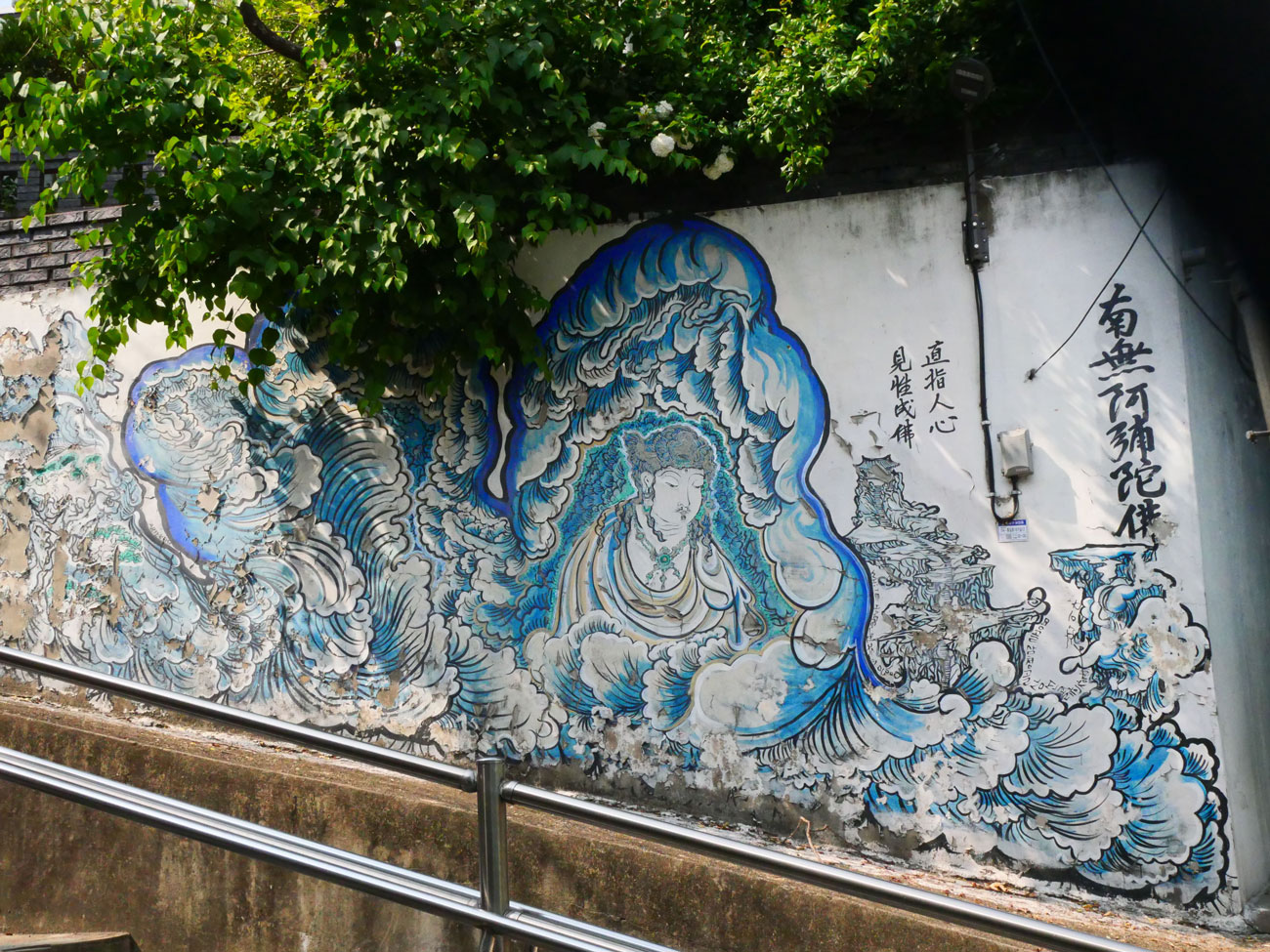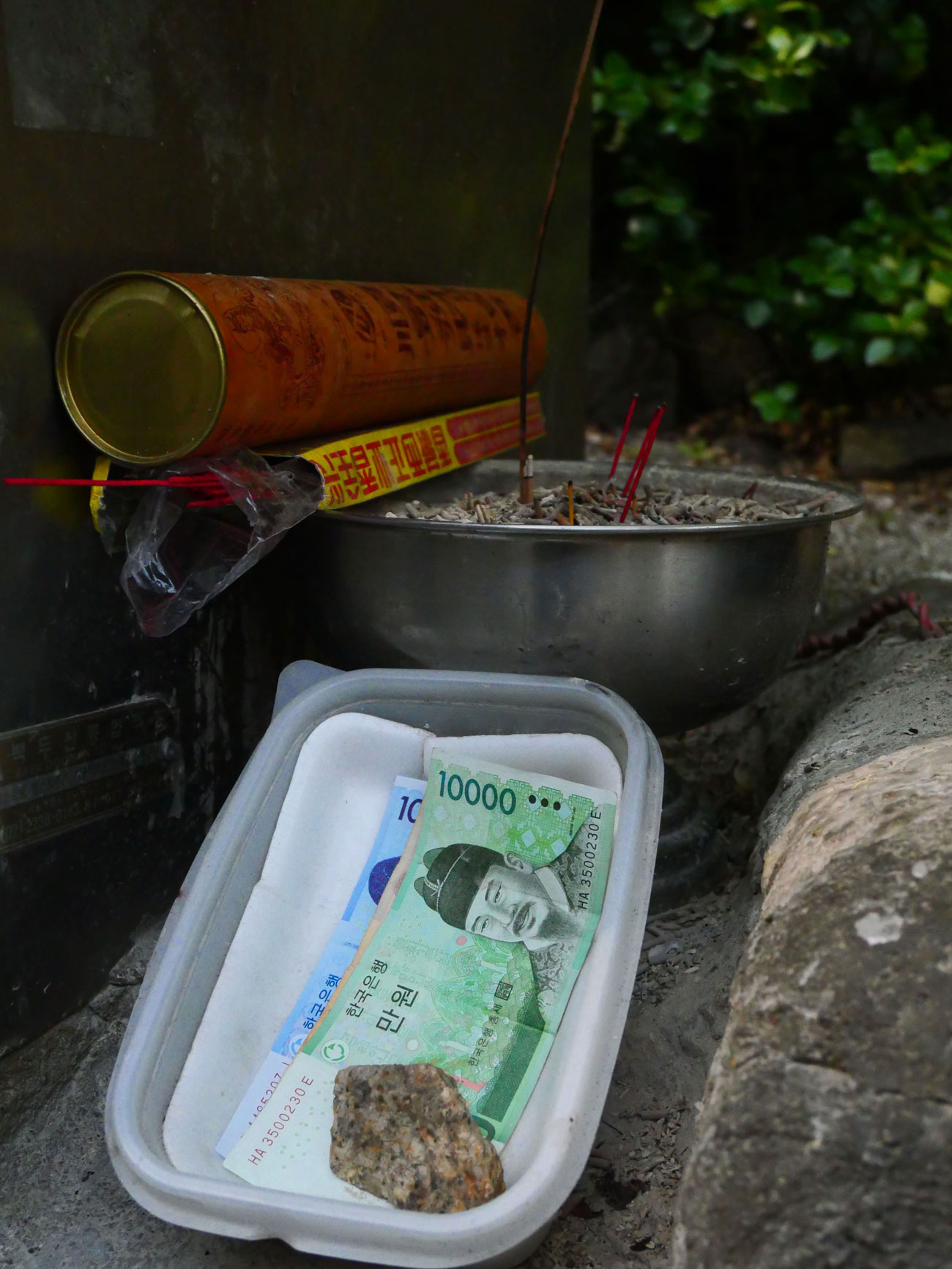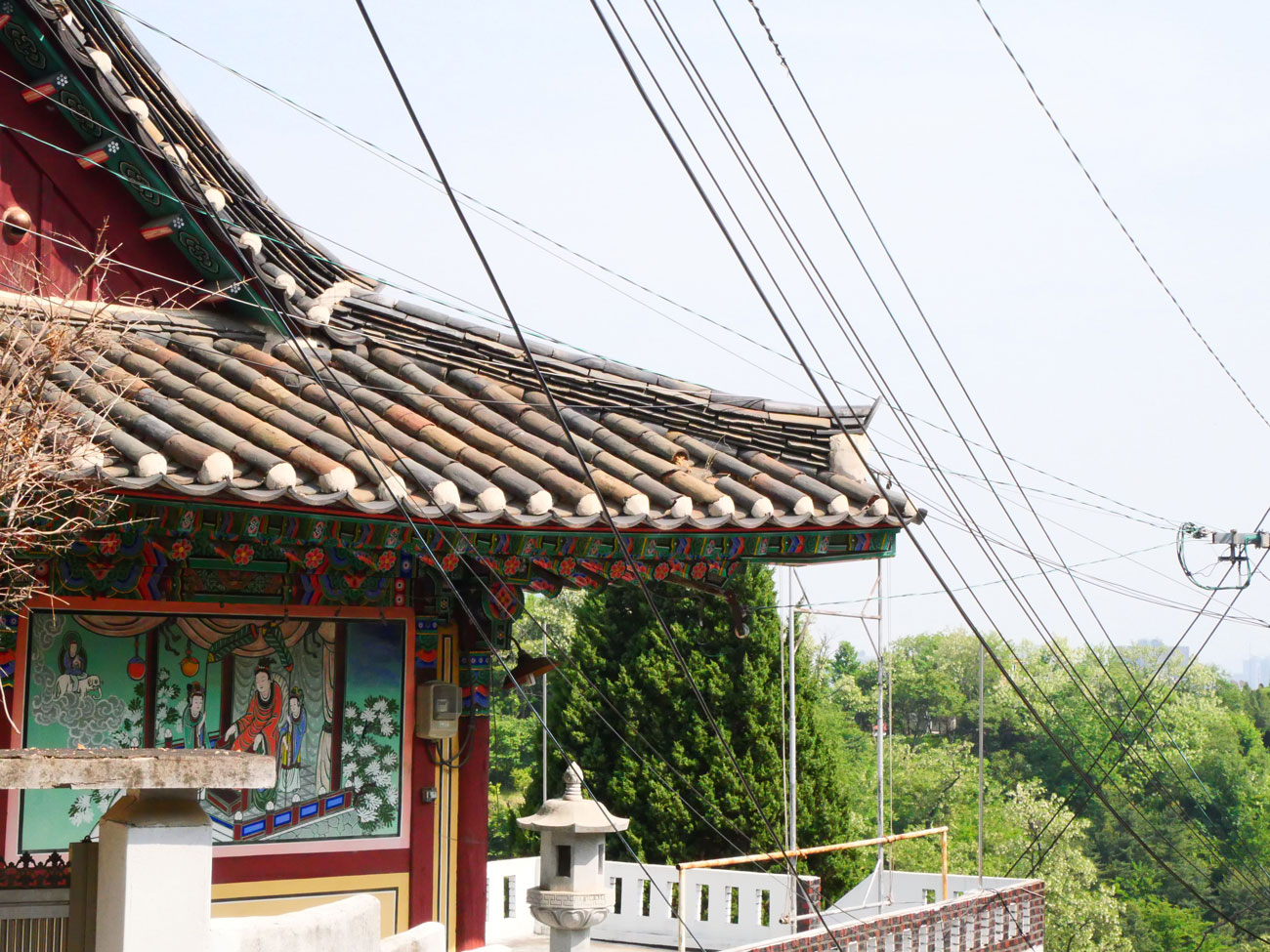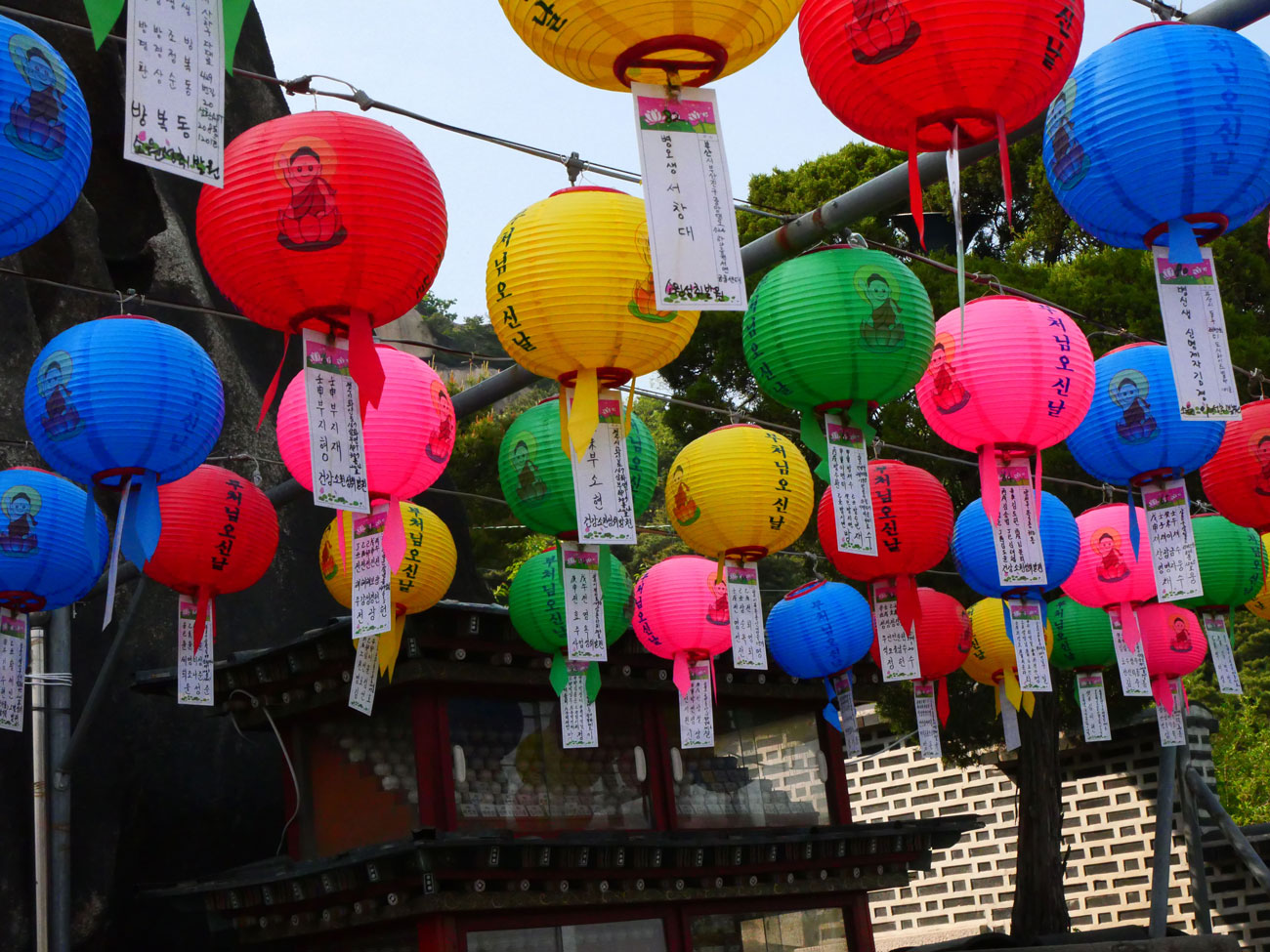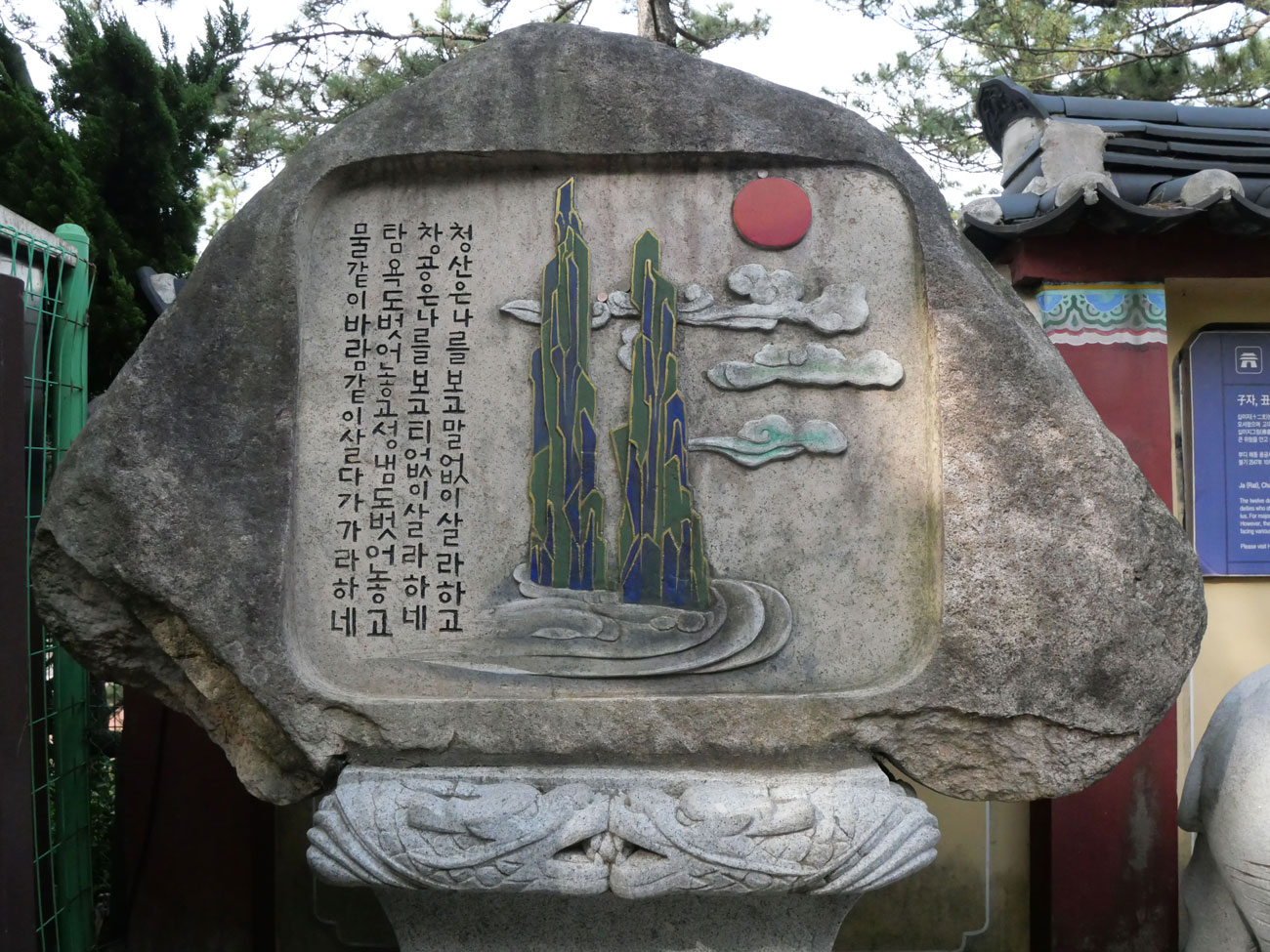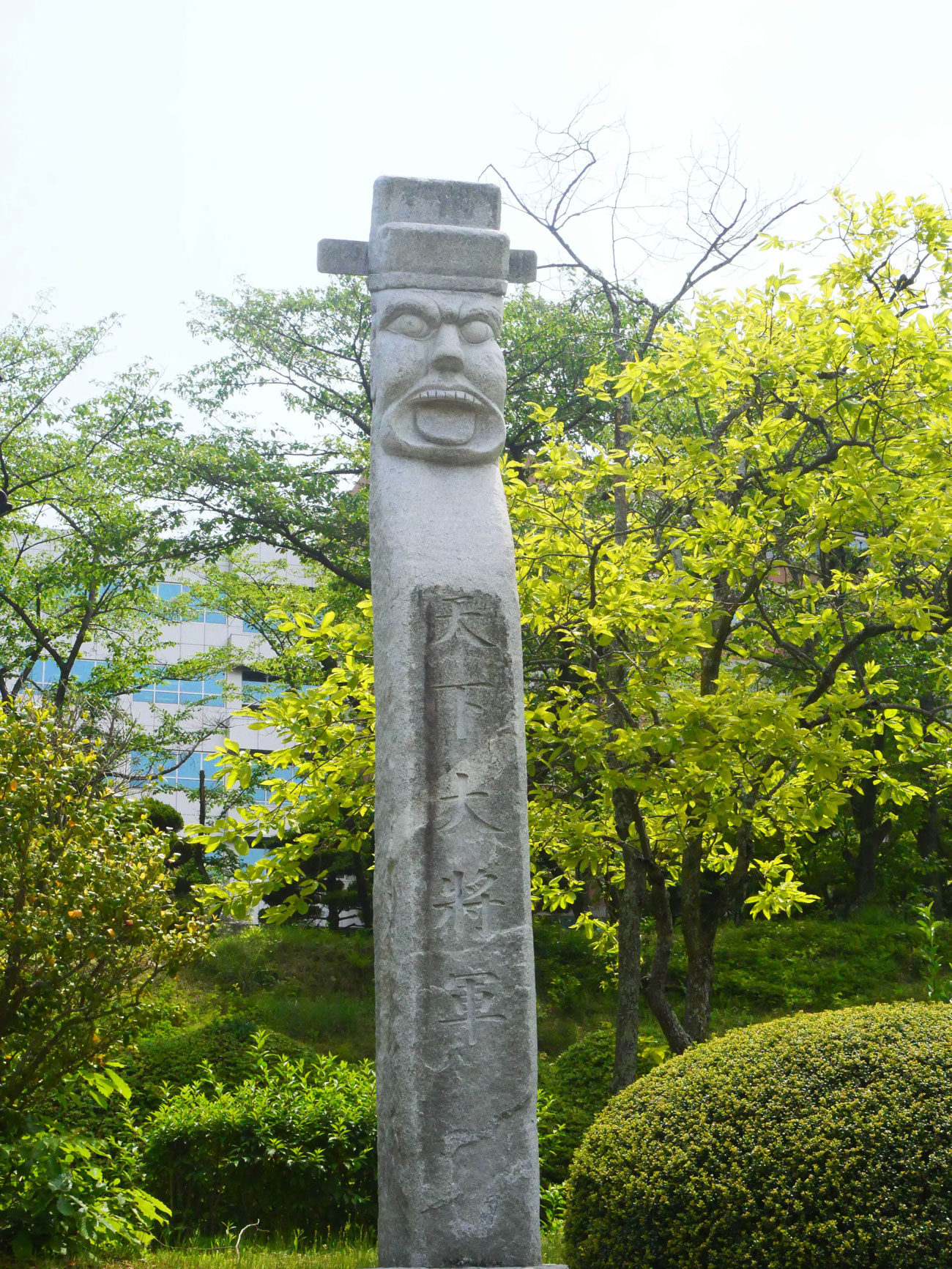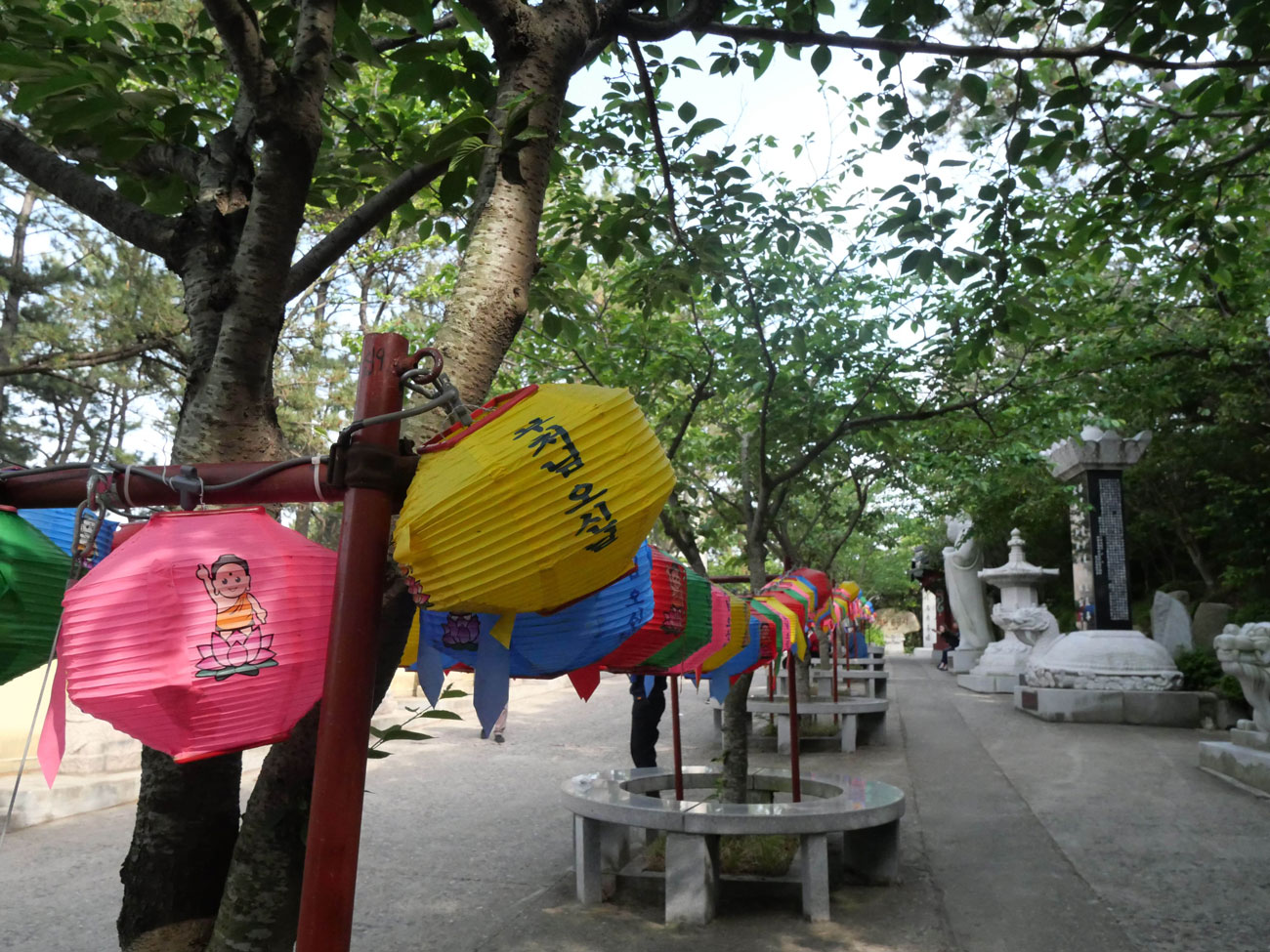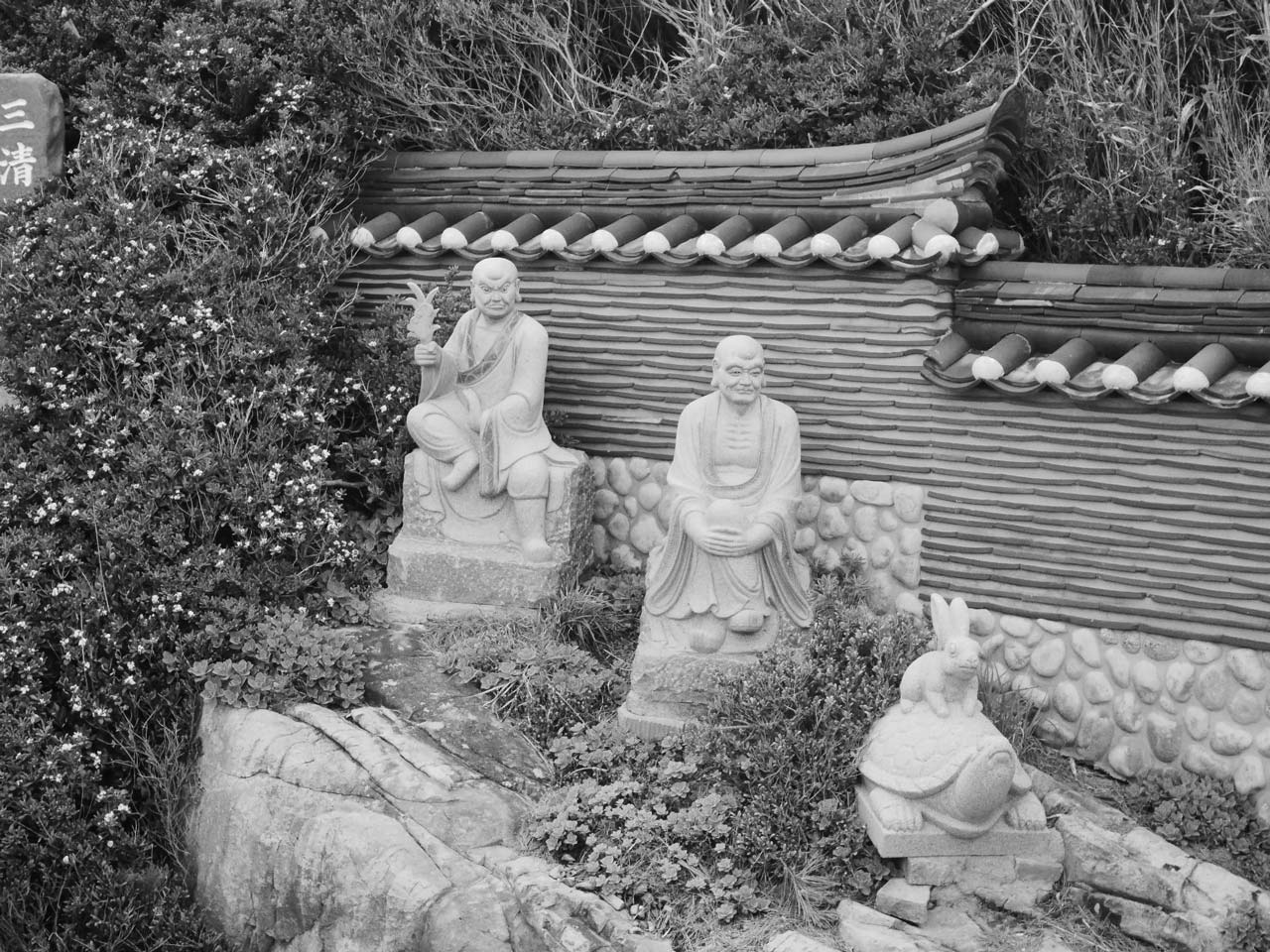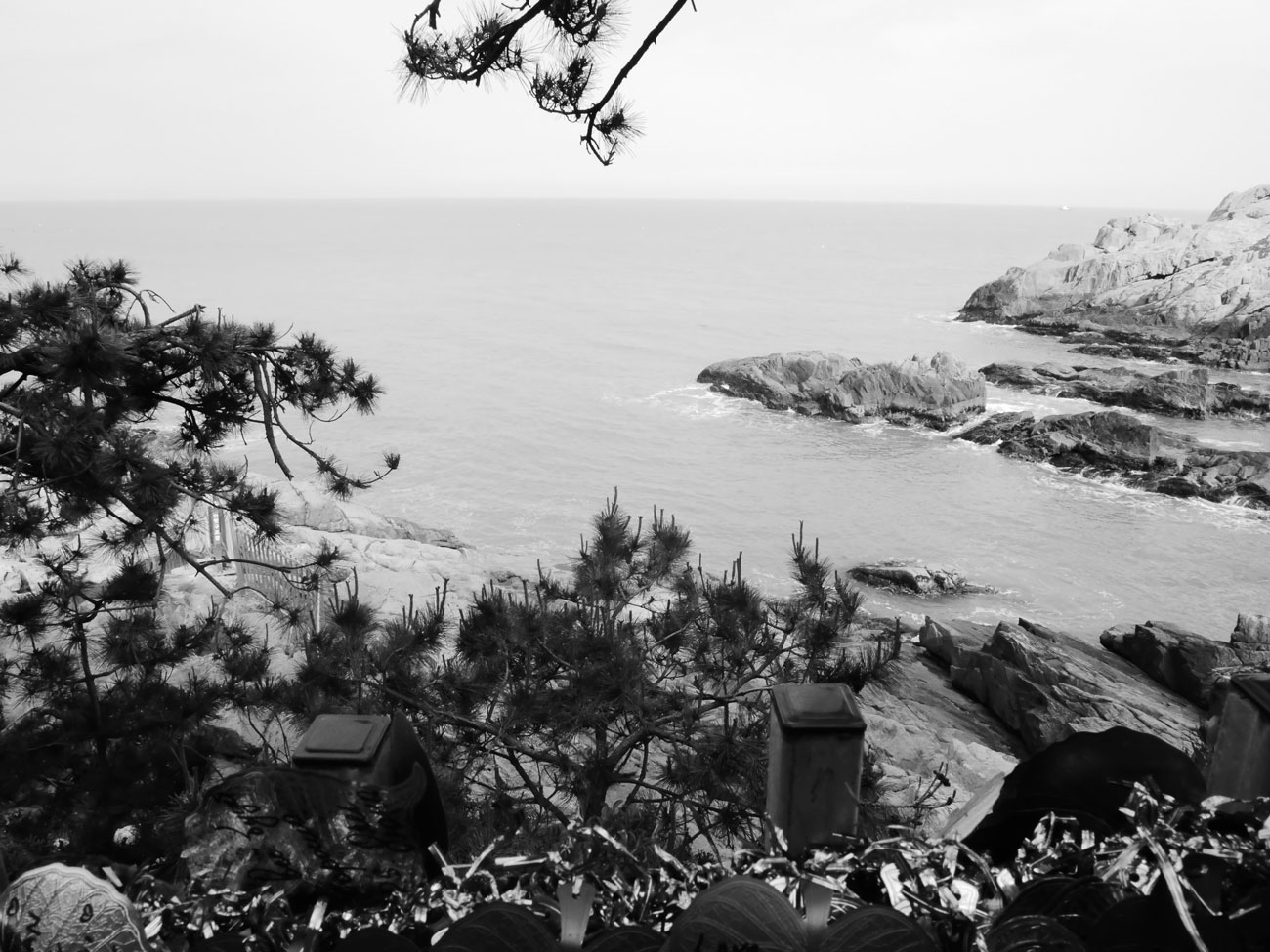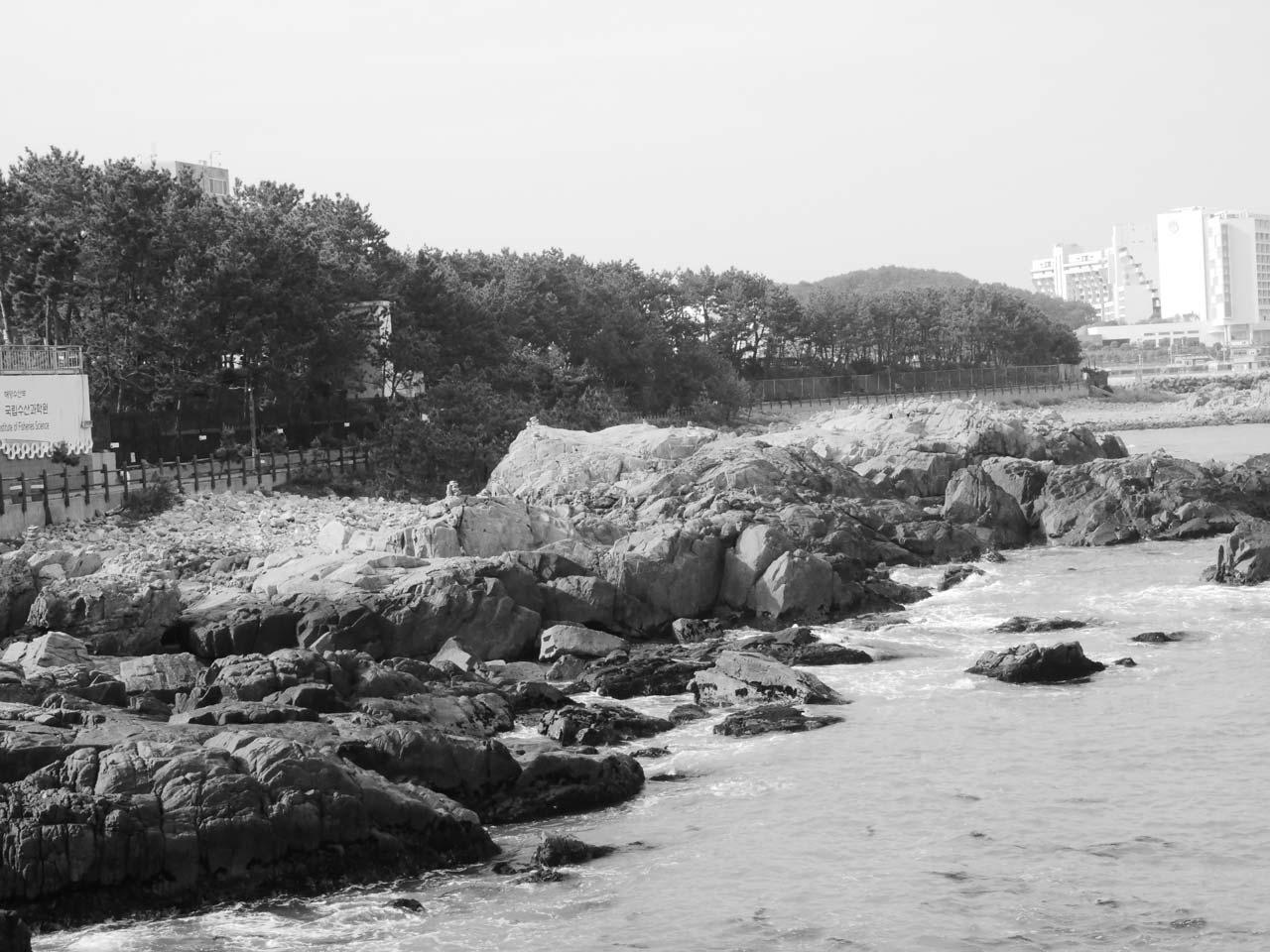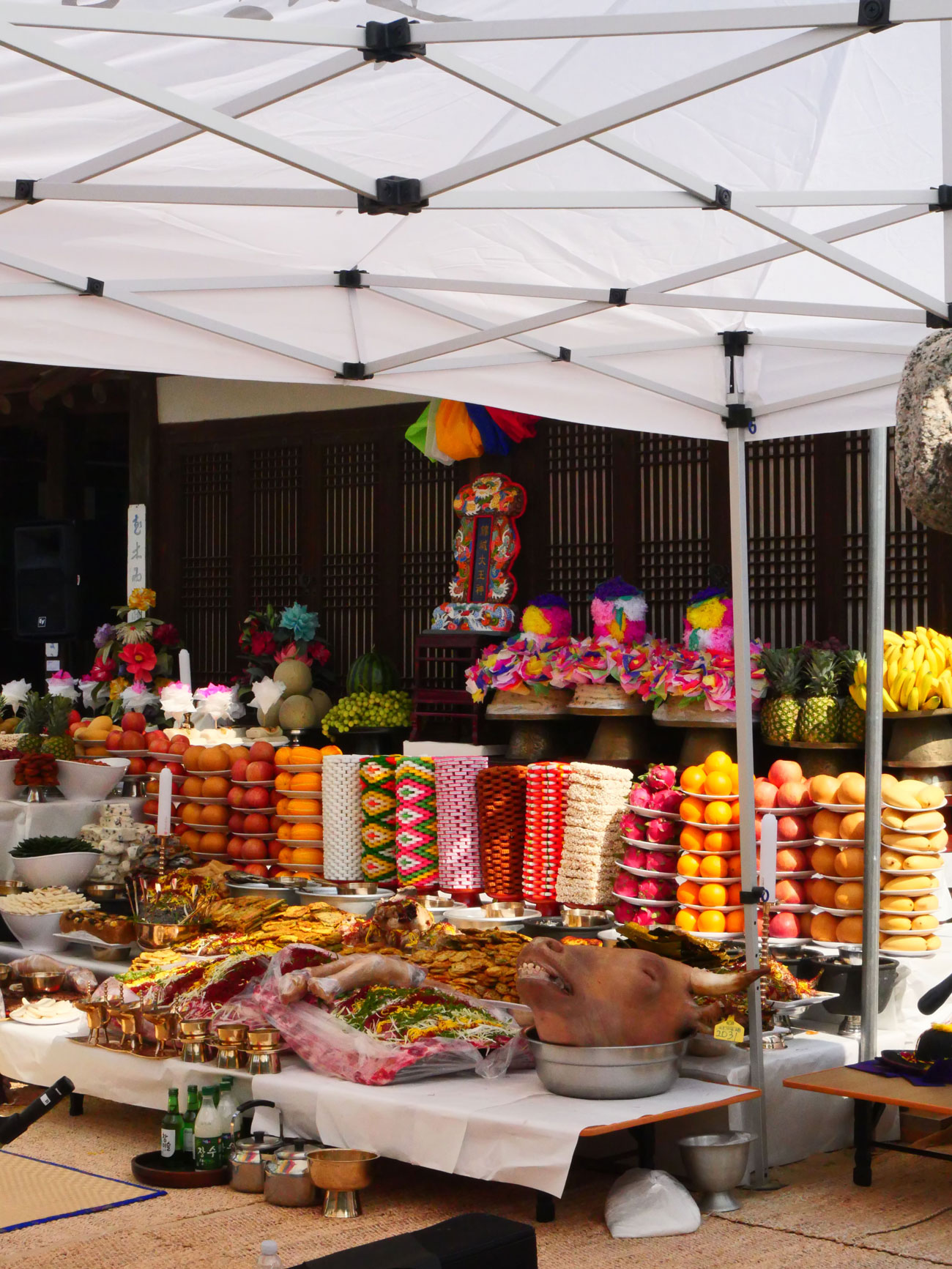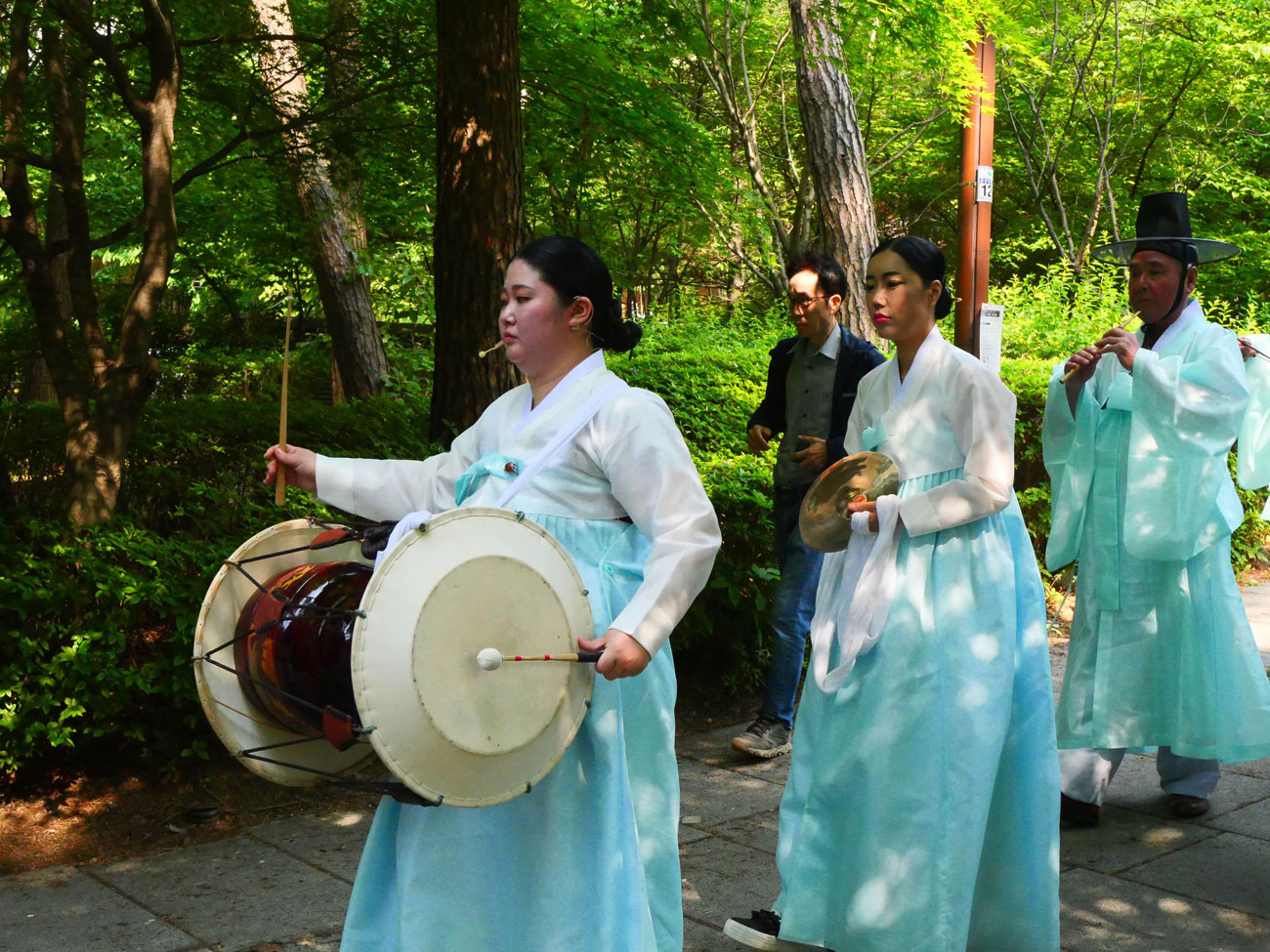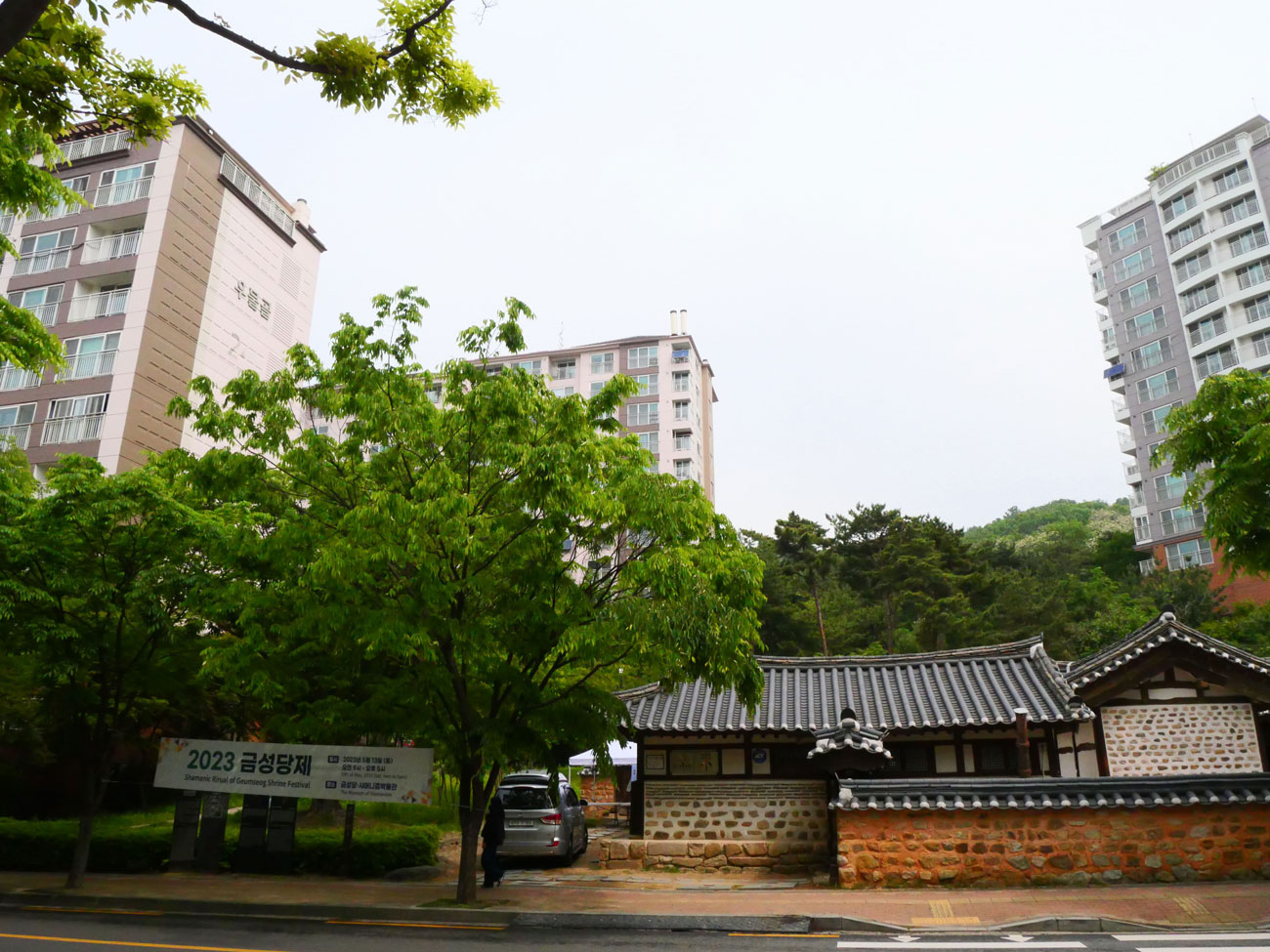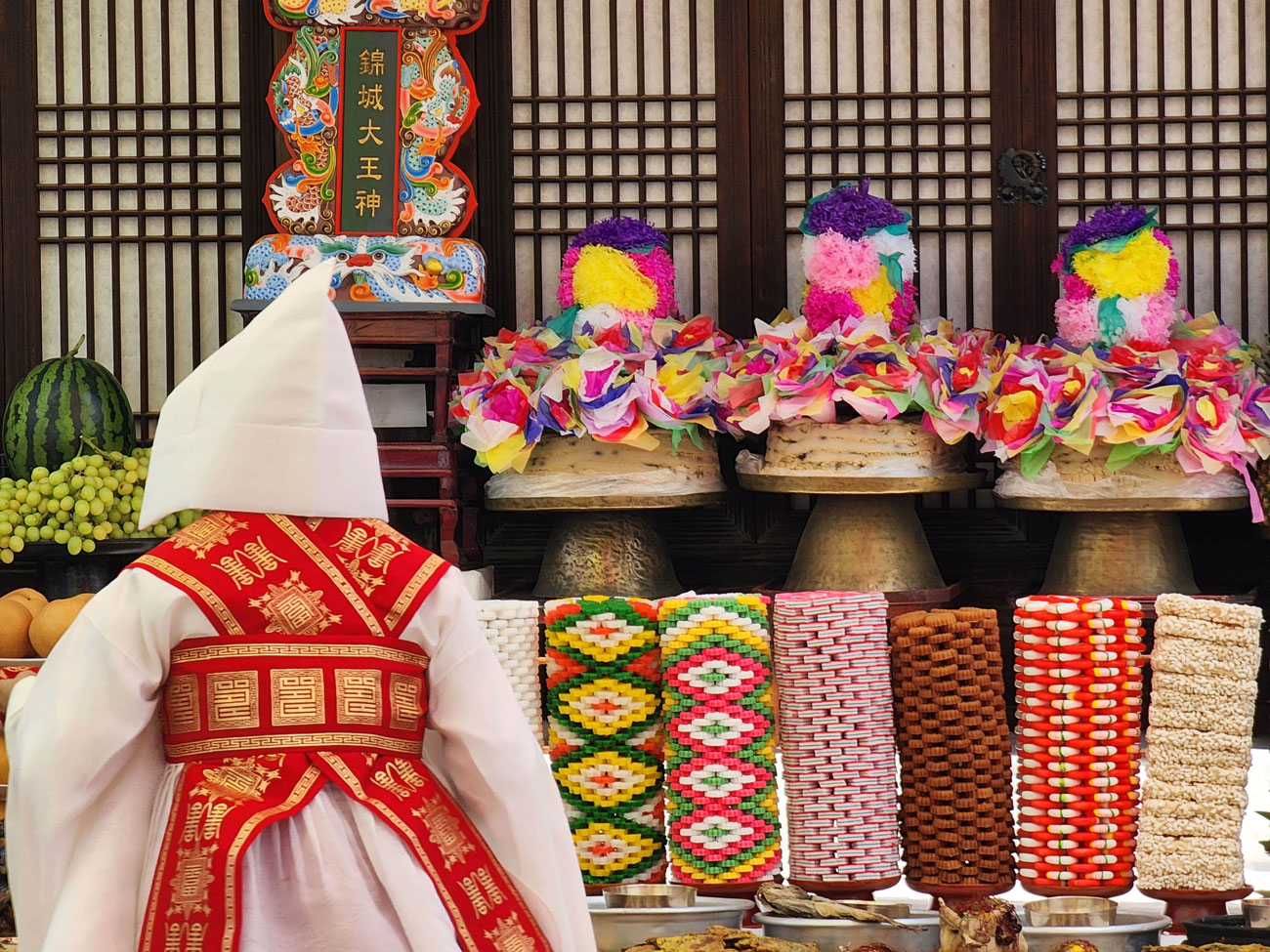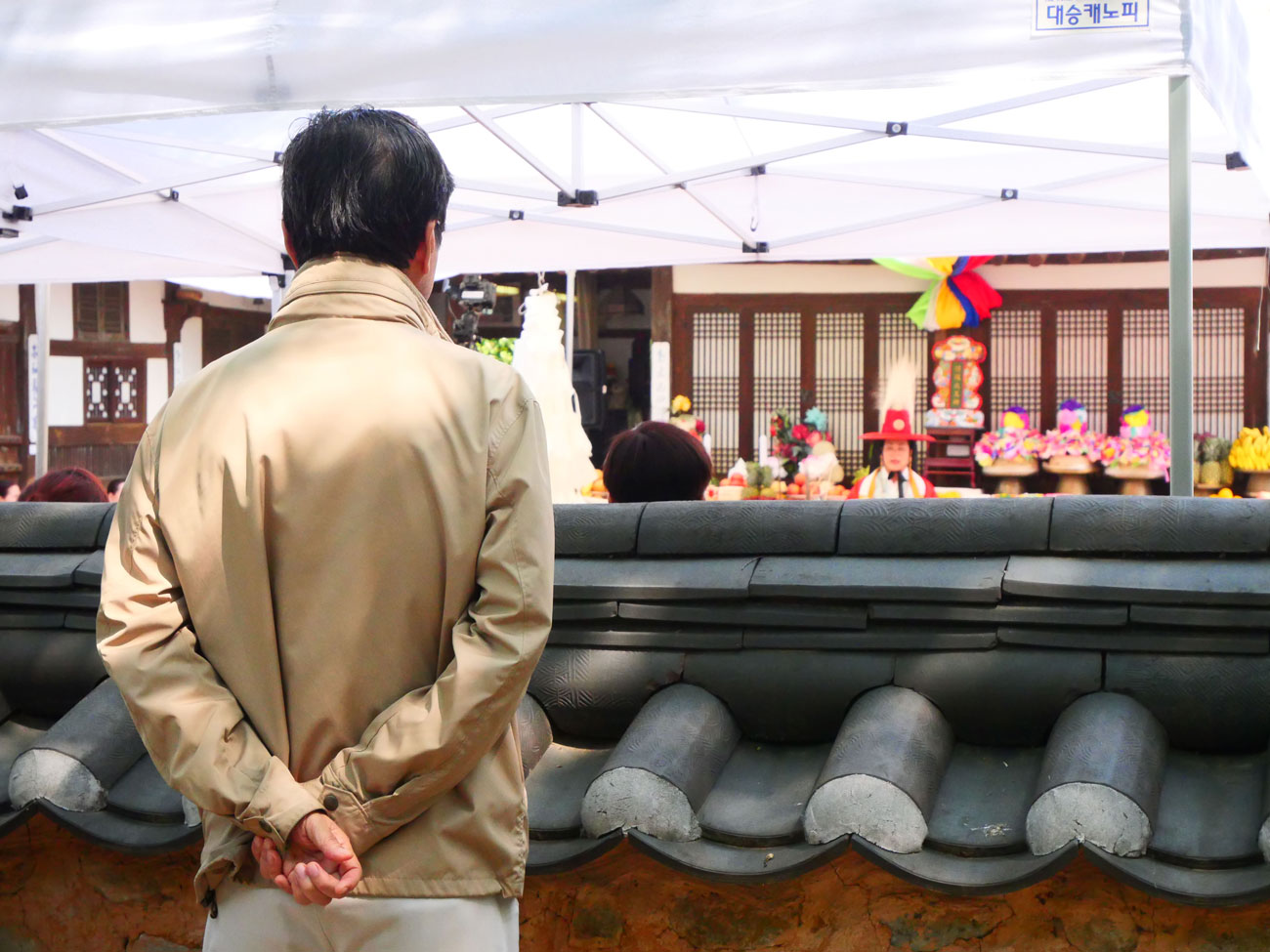The team
from Paris to Busan
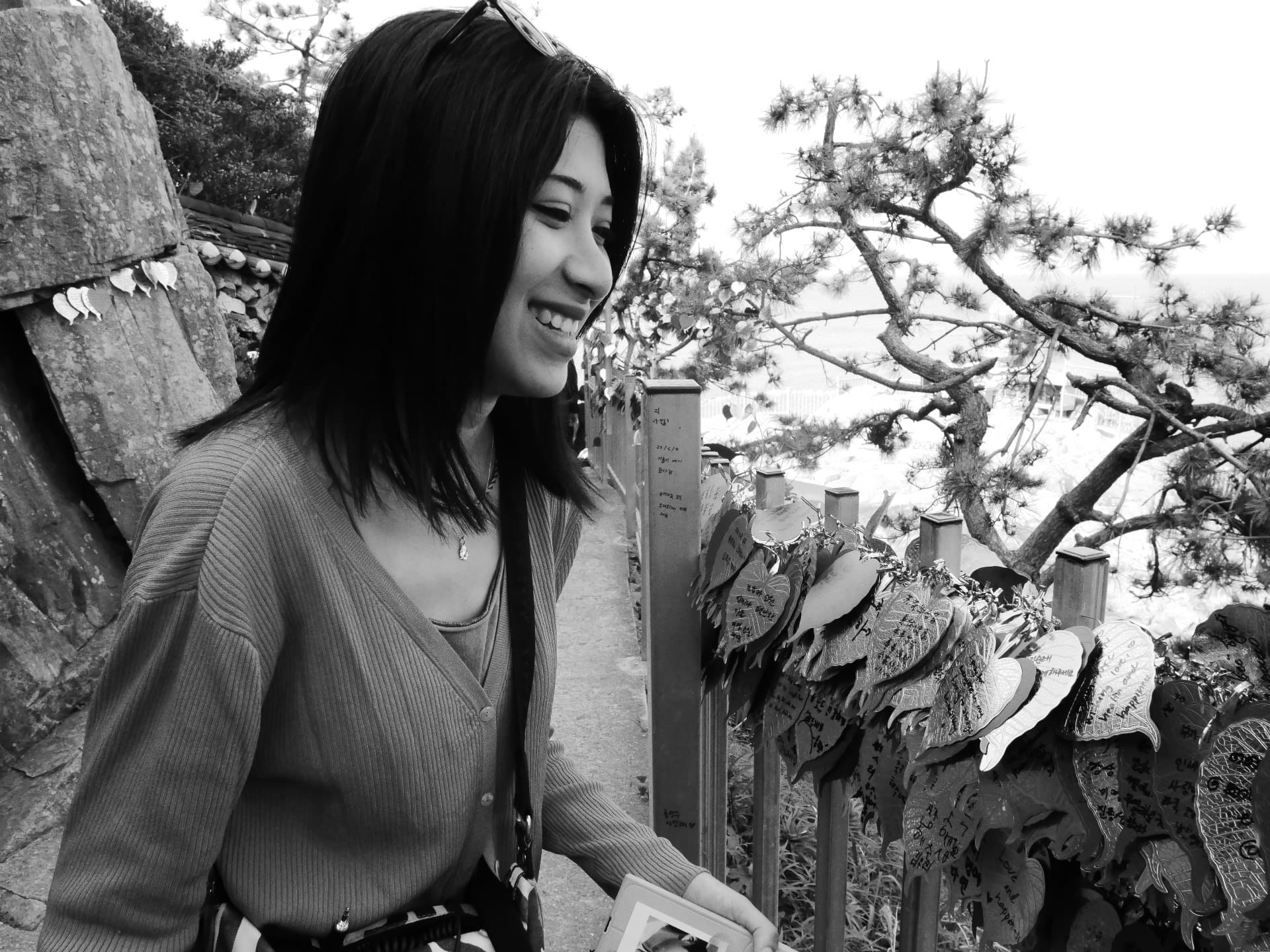
Doria
안녕하세요 여러분 ! My name is Doria, I'm from Auvergne and I'm doing the Master CMW double degree, so for a year I was living in Korea :) It wasn't my first time in the country... I love Korean pop culture! I've been friends with Jihye since I came back to France, and 만나서 반가워요!
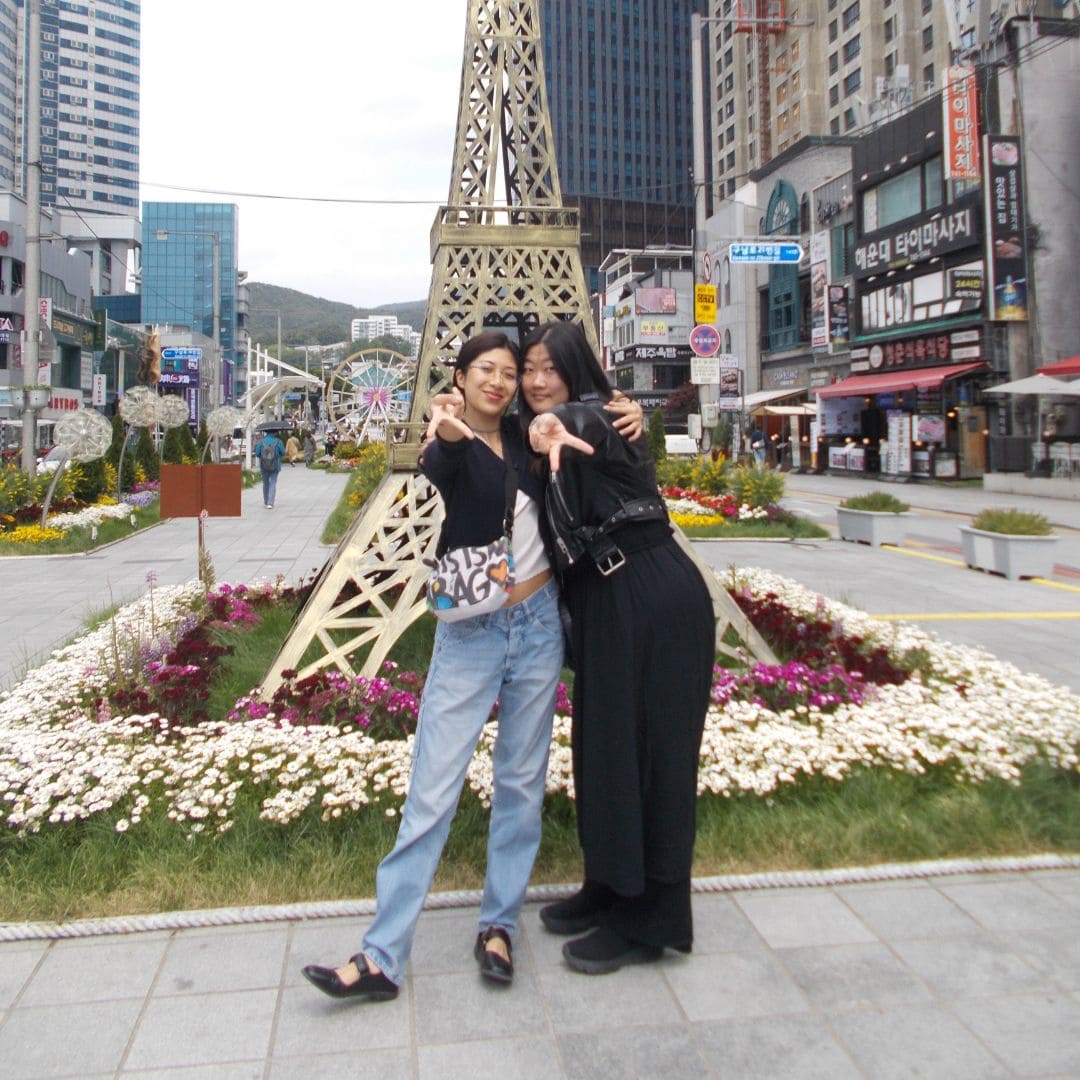
Do-hye
This documentary is our final project of the Master's programme. We wanted to shed light on a cultural phenomenon that has received little attention because of its complexity and accessibility: Korean shamanism. The experience was both challenging and fun, giving us a new perspective on Korean identity and values.
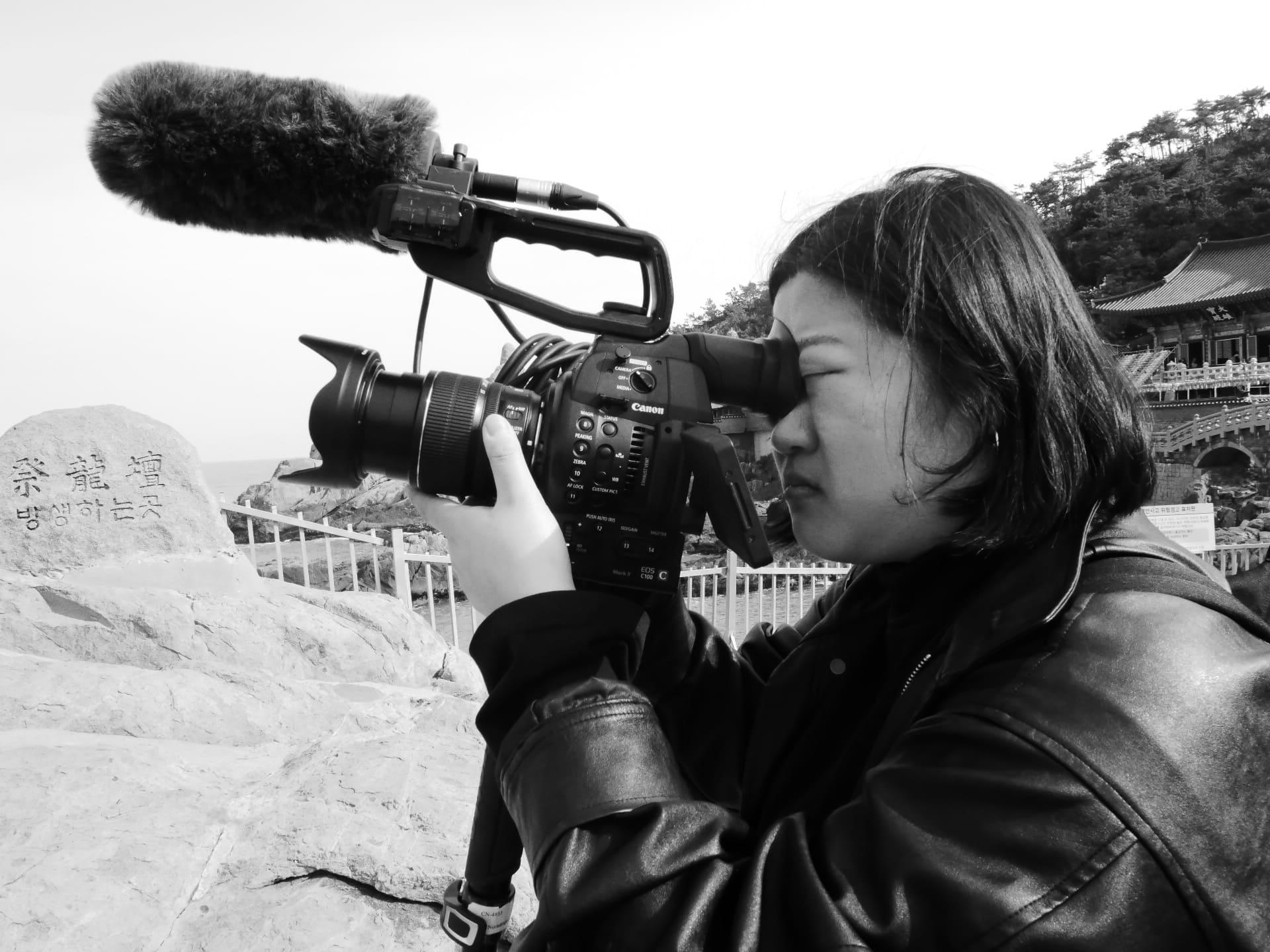
Jihye
안녕하세요, my name is Jihye! I'm a Korean student doing her Masters in France. I've been a CMW student for almost a year now :) I love cinema, the kpop group THEBOYZ, and I'm friends with Doria. 만나서 반가워요!
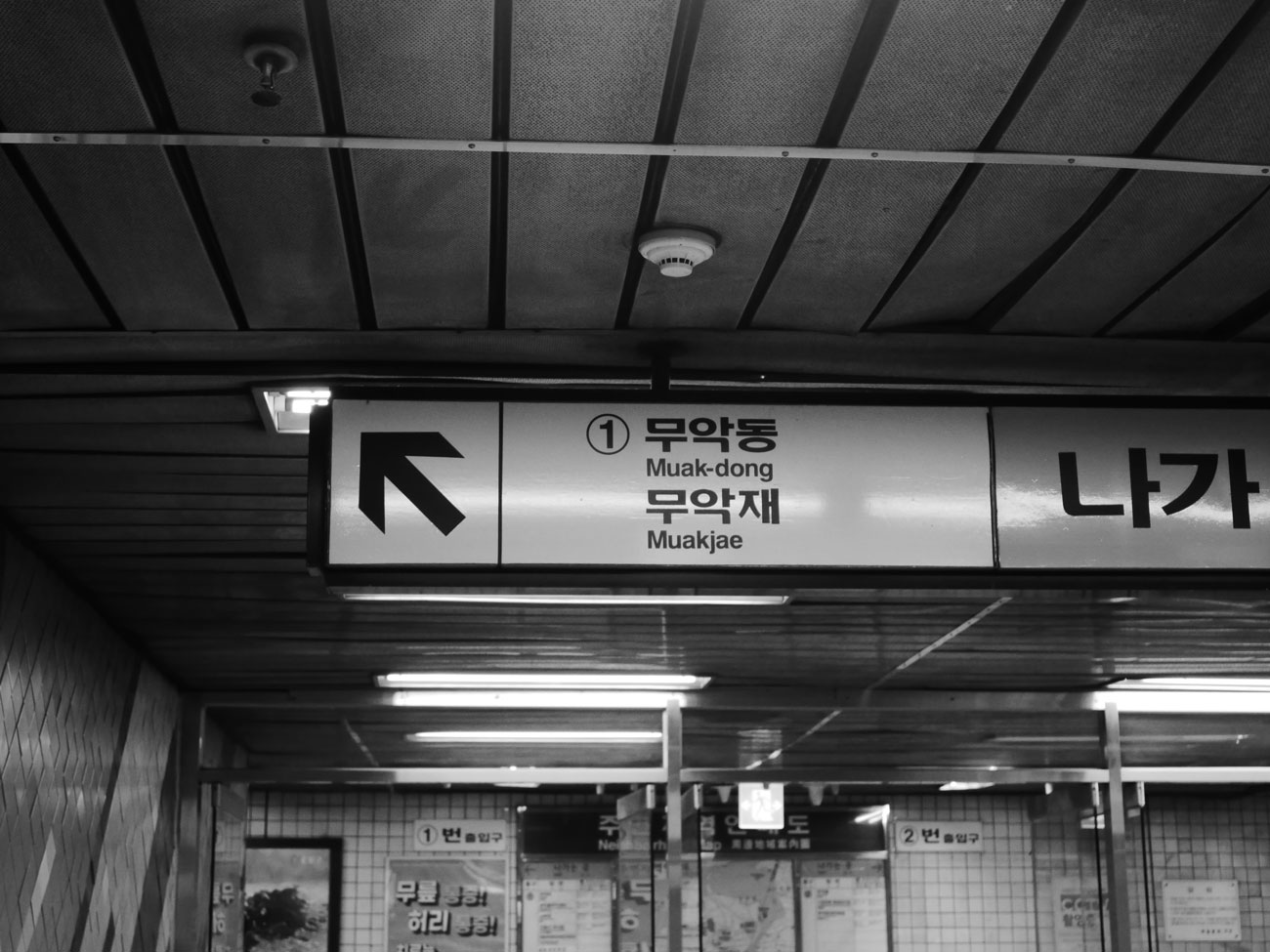
Chapter 1 : Between religion, tradition and belief: the complexity of Korean shamanism
Between religion, tradition and belief: the complexity of Korean shamanism" is a short film that introduces viewers to the mysterious world of Korean shamanism. Through Doria's research, the audience is invited to explore the deep roots of this age-old practice and to understand the challenges of preserving it in contemporary society. A captivating journey of discovery into an ancient tradition and its well-kept secrets.
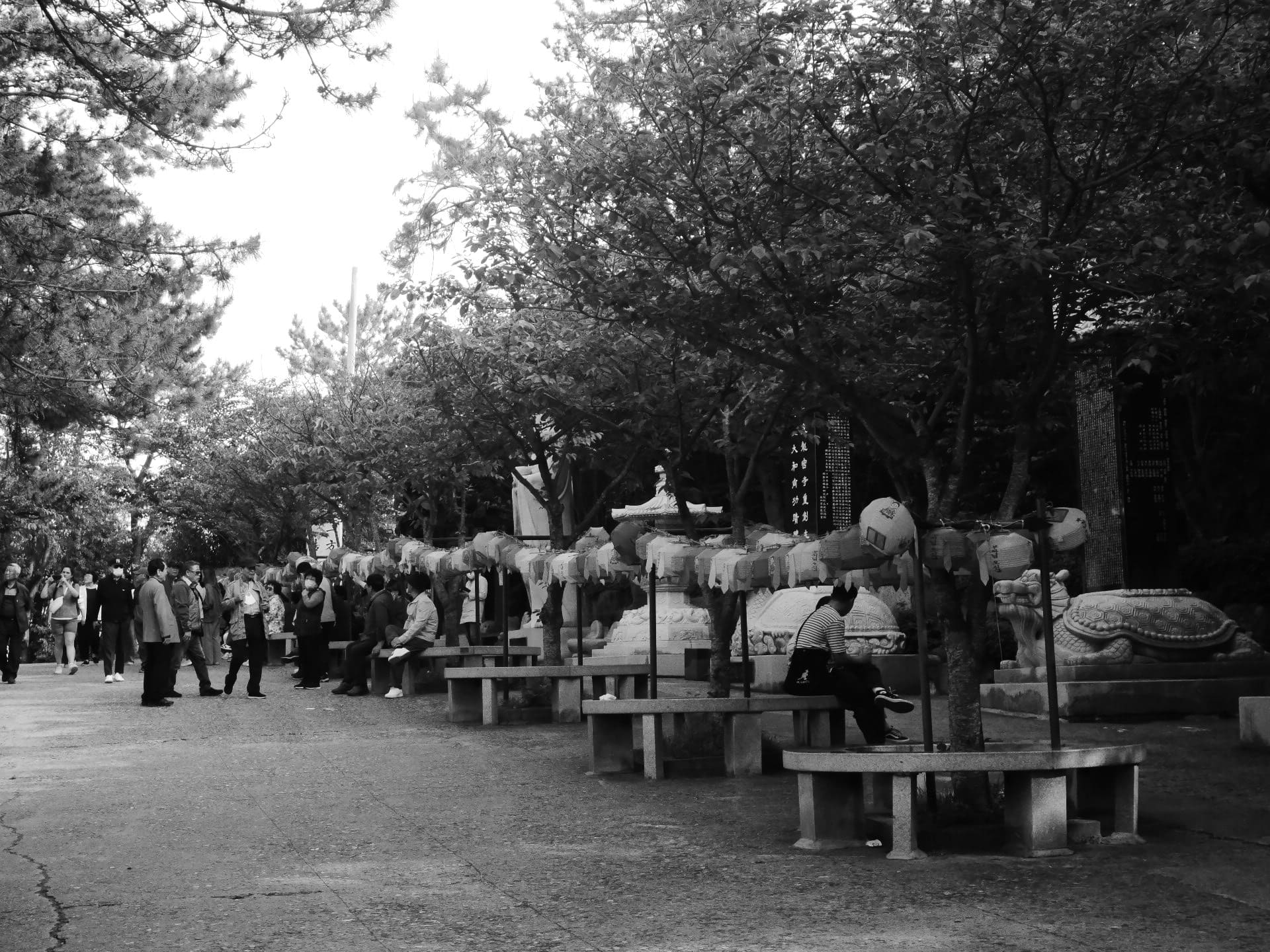
Chapter 2 : Shamanism as cultural heritage in Korea: an open question
Shamanism as cultural heritage in Korea: an open question" takes the audience on a fascinating quest to discover the symbolism of this ancient practice. Through the encounters and experiences of Doria and Jihye, the film explores Koreans' relationship with shamanism, revealing the secrets and motivations surrounding this mystical tradition. A captivating immersion in a world full of mystery and belief.
Articles
from Paris to Busan
Shamanism and politics
Dear readers,
I'd like to talk to you about something that has intrigued me a lot about shamanism in South Korea. You might have heard about the scandals involving political figures and shamanism. If not, for example, the former president was forced to resign after corruption scandals. The current president, Moon Jae In, is also accused of consulting shamans for professional and political decisions. It's quite surprising for such a modern country! But, when you think about it, not that much actually: know that in the past, shamans were part of the government and advised the kings! They had a very important role. Nowadays, it's a rather sensitive topic.
The practice of shamanism is supported by politicians, both men and women, it's not a secret. In fact, some of them don't hesitate to attend ceremonies, and one can wonder if there's another reason for their presence, considering the close relationship between these two worlds…
So, what do Koreans actually think about all this? Well, they're not really fans of shamanism. It's mostly seen in a negative light because it's linked to political scandals and old-fashioned beliefs. They consider it irrational and totally unfit for politics. Even though it's very present in society, shamanism is generally a subject that leaves Koreans perplexed.
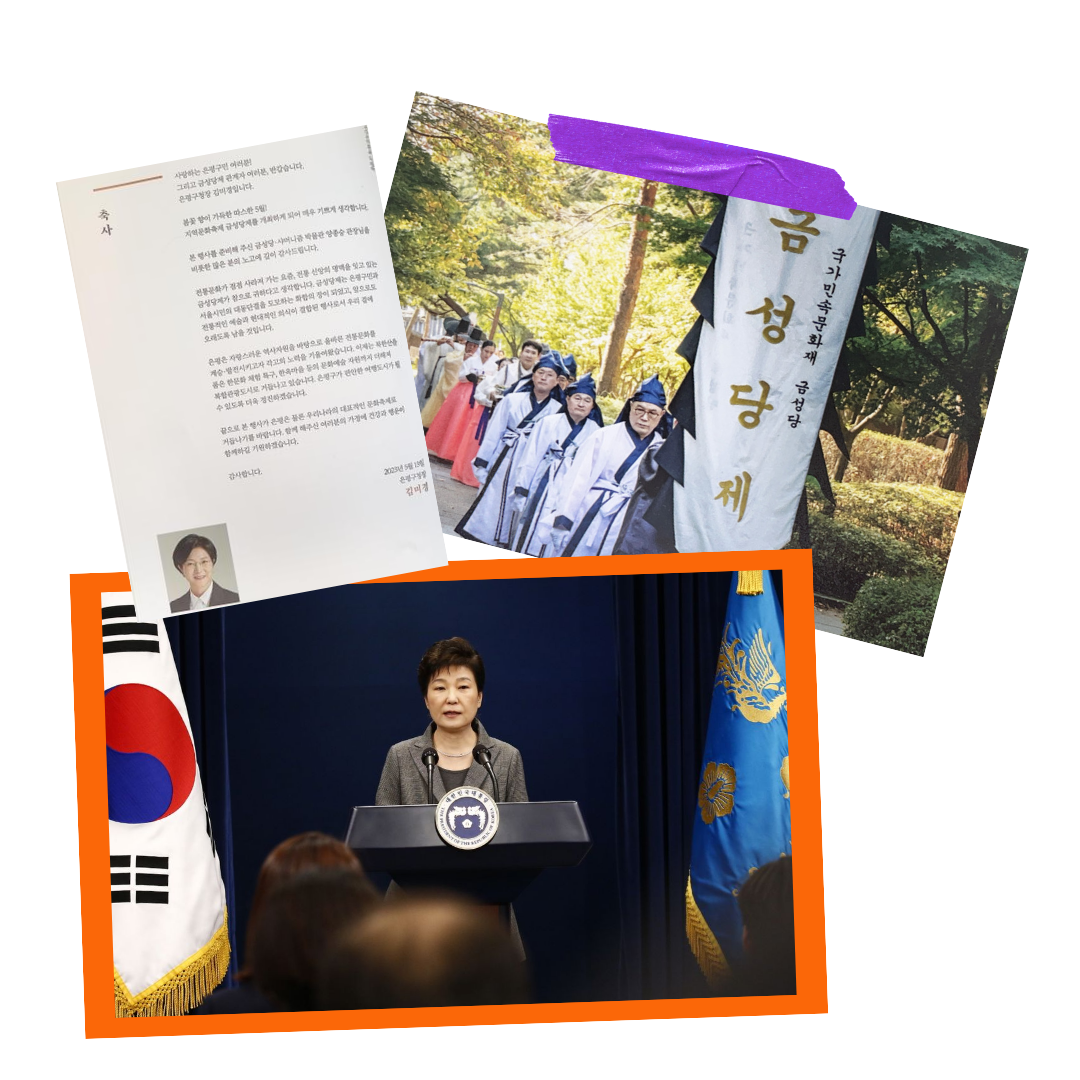
Types of shamanism in South Korea
Dear readers,
Here Jihye and Doria. Thanks to our research, we have been able to identify four major forms of shamanic practices in Korea.
Let’s quickly summarize it for you in simple words :)
- ⛰Mountain Shamanism: It is linked to the worship of nature and water, where mountain shamans communicate with nature spirits. They believe in their healing powers and consider them as guides to resolve spiritual and physical problems. Mountain rituals involve dances, chants, and offerings to the spirits.
- 🏙Urban Shamanism: This emerged in major Korean cities since the 1990s, and this form of shamanism utilizes modern and technological methods. Urban shamans offer various services such as healing sessions, spiritual consultations, and special ceremonies. This practice is criticized for its commercialization and the loss of certain traditions.
- ⛩ Traditional Shamanism: It is considered the most respected and traditional form in South Korea, where traditional shamans perform complex rituals involving dance, song, traditional instruments, animal sacrifices, and other types of offerings. They act as intermediaries between the human and spiritual worlds.
- 💻Online Shamanism: Some Korean shamans practice online, using social medias and/or YouTube channels for their practice. However, this practice can be controversial as it is seen as less traditional and may potentially lead to abuses or dilution of authentic practices.
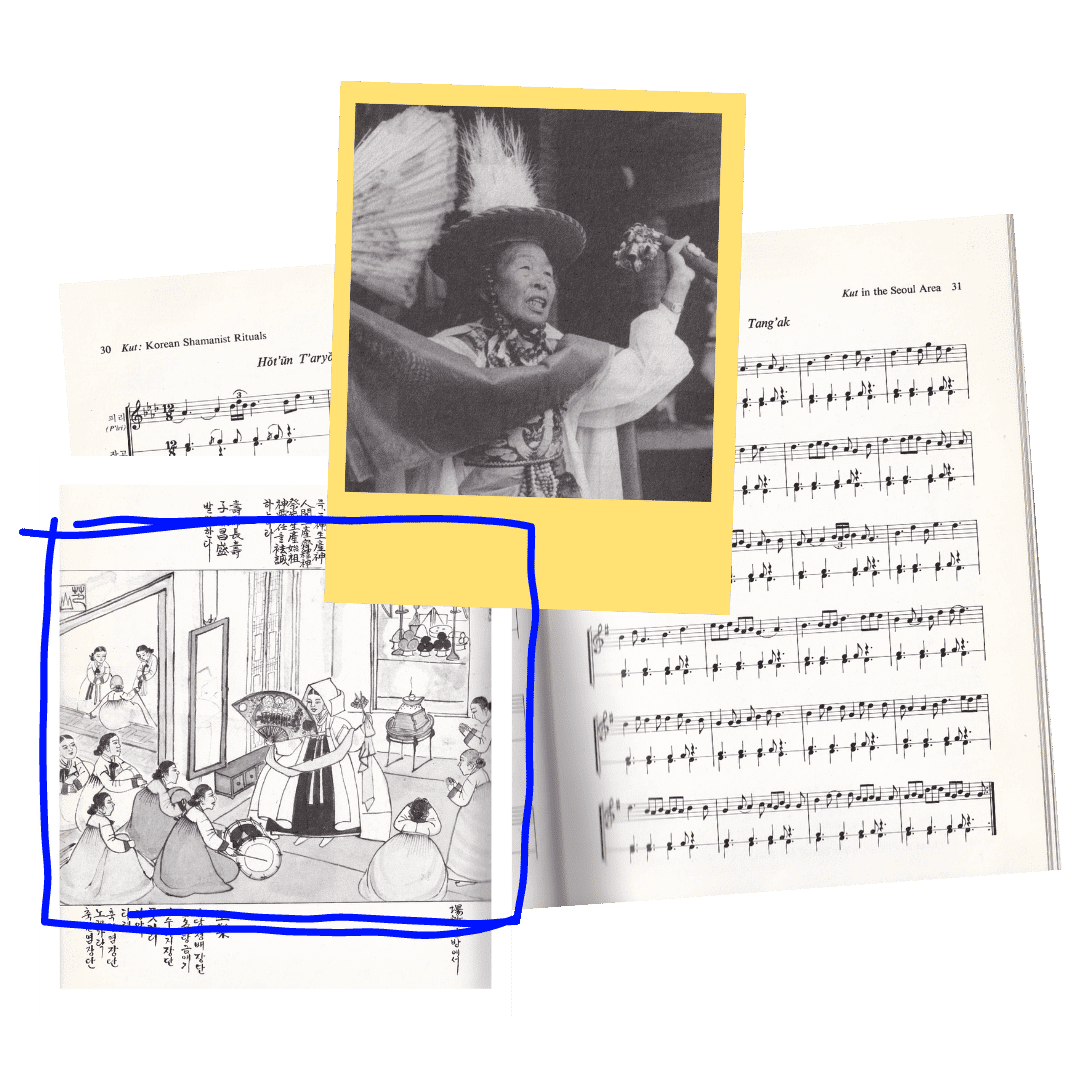
Shamanism in K-dramas
Dear readers, It's Doria. I'm sharing with you some kdramas to discover Korean shamanism! You'll see that shamanism is used as a storyline element, from mysterious fantasy kdramas to romantic comedies. Kdramas are a great way to learn about the codes of Korean society :) So, Netflix and chill and enjoy exploring Korean shamanism through these kdramas!
- "The Great Shaman Ga Doo Shim": In this drama, the heroine, Ga Doo Shim, is a shaman who uses her powers to help spirits find peace and protect people from evil spirits. In several episodes, we see her perform shamanic rituals such as dances and chants to communicate with spirits and solve problems.
- "Cafe Minamdang": In this drama, the heroine, Min Seo, is a shaman who runs a mystical café where she helps customers solve their problems through her shamanic powers. There are several scenes where she performs shamanic rituals to communicate with spirits and help customers find answers to their questions.
- "Oh My Ghostess": In this drama, the heroine, Shin Soon Ae, is a ghost haunting a restaurant. She seeks the help of a shaman to find peace and move on to the afterlife. The shaman uses shamanic techniques to assist Shin Soon Ae in finding peace and solving the issues that prevent her from moving on.
- "Hi Bye Mama": In this drama, the heroine, Cha Yu Ri, is a spirit who returns to earth to reunite with her family. She encounters a shaman who helps her understand what happened in the world of the living during her absence. The shaman uses shamanic techniques to help Cha Yu Ri find answers to her questions and make peace with her past.

The mudangs of the streets
Dear readers, hello! Here's Doria :)
I wanted to share with you my relationship with shamanism and why I started questioning it, especially its symbolism for Koreans. My first shamanic experience in Korea was in Haeundae with my Korean best friend, Euna, who took me to a shaman's store to learn about her predictions for her new chapter in life in Miami. I thought it would be very ceremonial, but it was nothing like that. Euna explained her request, and the shaman read her future. But unlike western divination experiences I've had many times before, it was complex, with a language of communication that only Koreans seemed to understand.
I questioned many friends, and they told me that the most common questions were related to love and relationships, health and well-being, and money/success. Shamans use various divination techniques such as palm reading or card drawing, which we are familiar with, but they also have unique specifics compared to what we know, like face reading and many others that I still can't grasp. For example, in their culture, if you have a large forehead, it's a sign of wealth.

Shamanism through its History
Dear readers,
It’s Doria. I did some research about the history of shamanism in Korea, and its story is so fascinating. From what I understand, shamanism is a spiritual practice that has withstood the test of time! Today, approximately 40% of Koreans practice or have sought shamanism. So, shamanism is not just a tradition, but it has a real social significance.
Here's a brief summary of its role in each major historical period of the country:
- During the Three Kingdoms period: Shamanism was omnipresent in Korea. It provided healing, guidance, and contact with spirits. Shamans were central figures, honoring ancestors and nature.
- During the Goryeo period: Shamanism was popular with a hierarchy of shamans, ceremonies accompanied by bells and drums, and practices of divination and healing. Buddhism and Taoism were also strongly present.
- During the Joseon period: With the rise of Confucianism, shamanism managed to survive despite regulation of its practices. Shamans were registered and had to undergo training. They remained popular in rural areas, while Buddhism and Taoism continued to influence shamanic practice.
- During the Japanese colonial period: Shamanism struggled to survive under severe restrictions, with prohibited practices, persecuted shamans, and destroyed sanctuaries. However, shamanism clandestinely survived by incorporating Buddhist and Confucian elements.
- From the Republic of Korea to the present: Shamans openly practice, and over time, new forms have emerged, reflecting influences from contemporary Korean society.
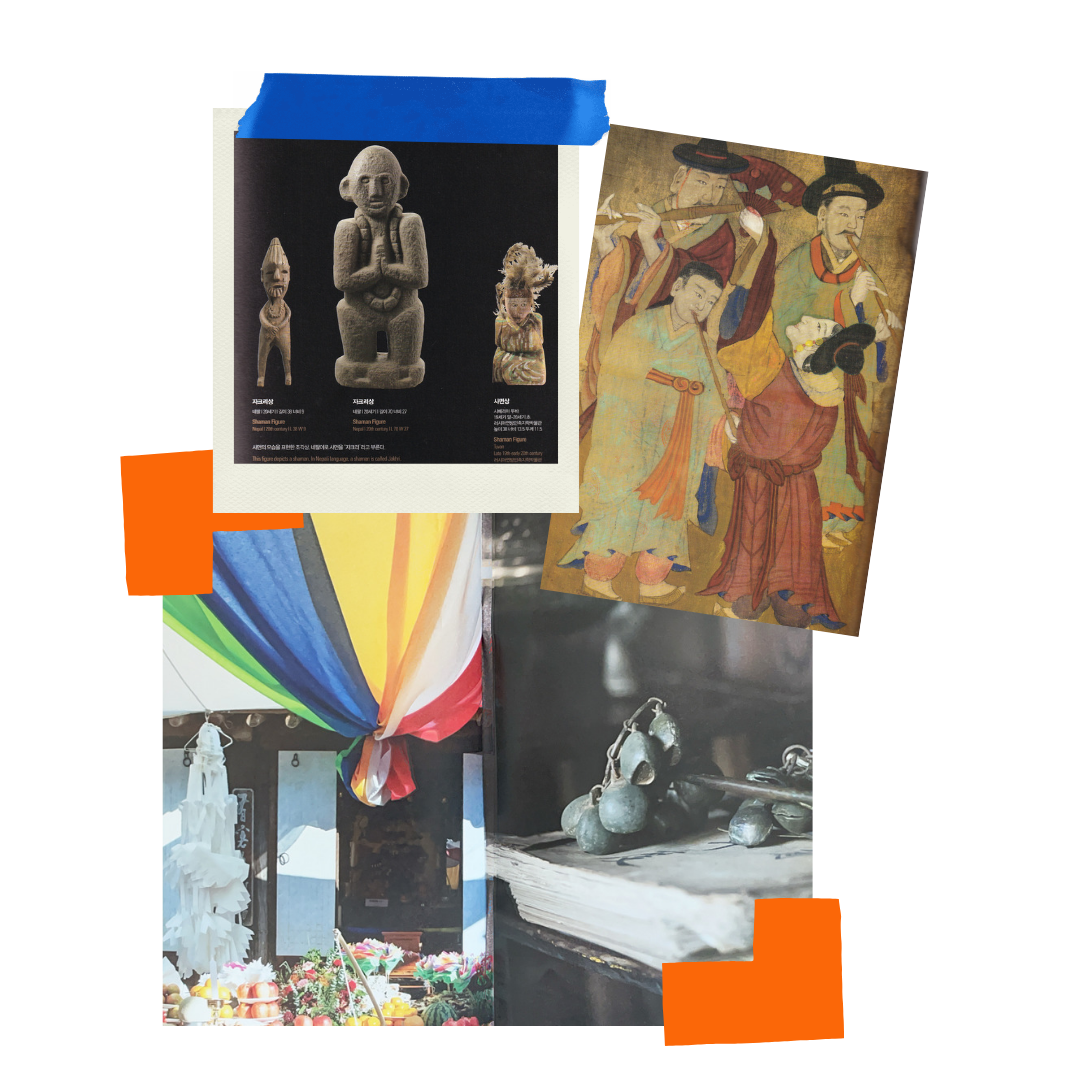
Film documentary
The survival of Korean shamanism
Photo gallery
Busan - Seoul
- see all
- Haedong Yongungsa Temple
- Muak Dong
- Seoul Museum of Shamanism
